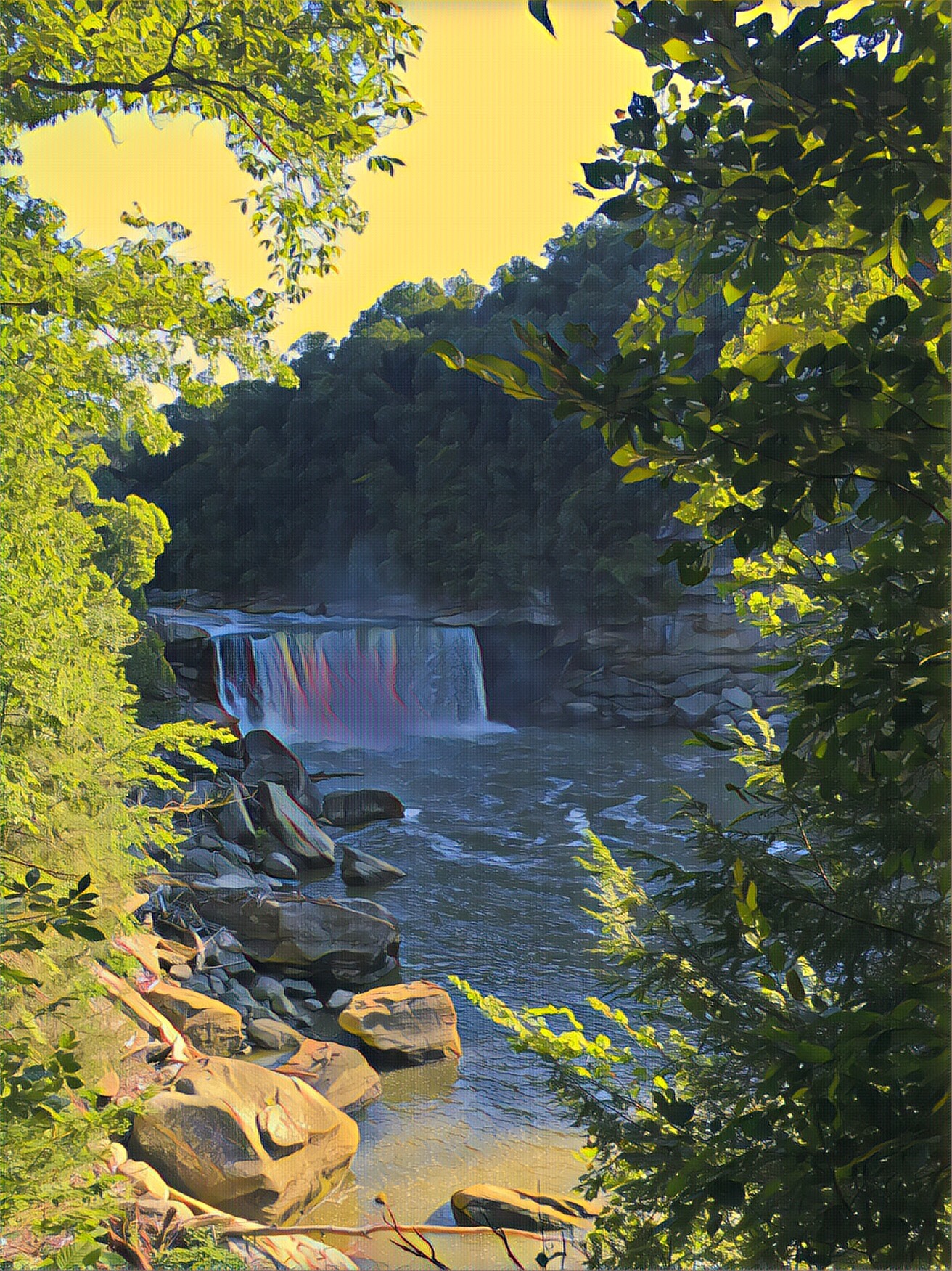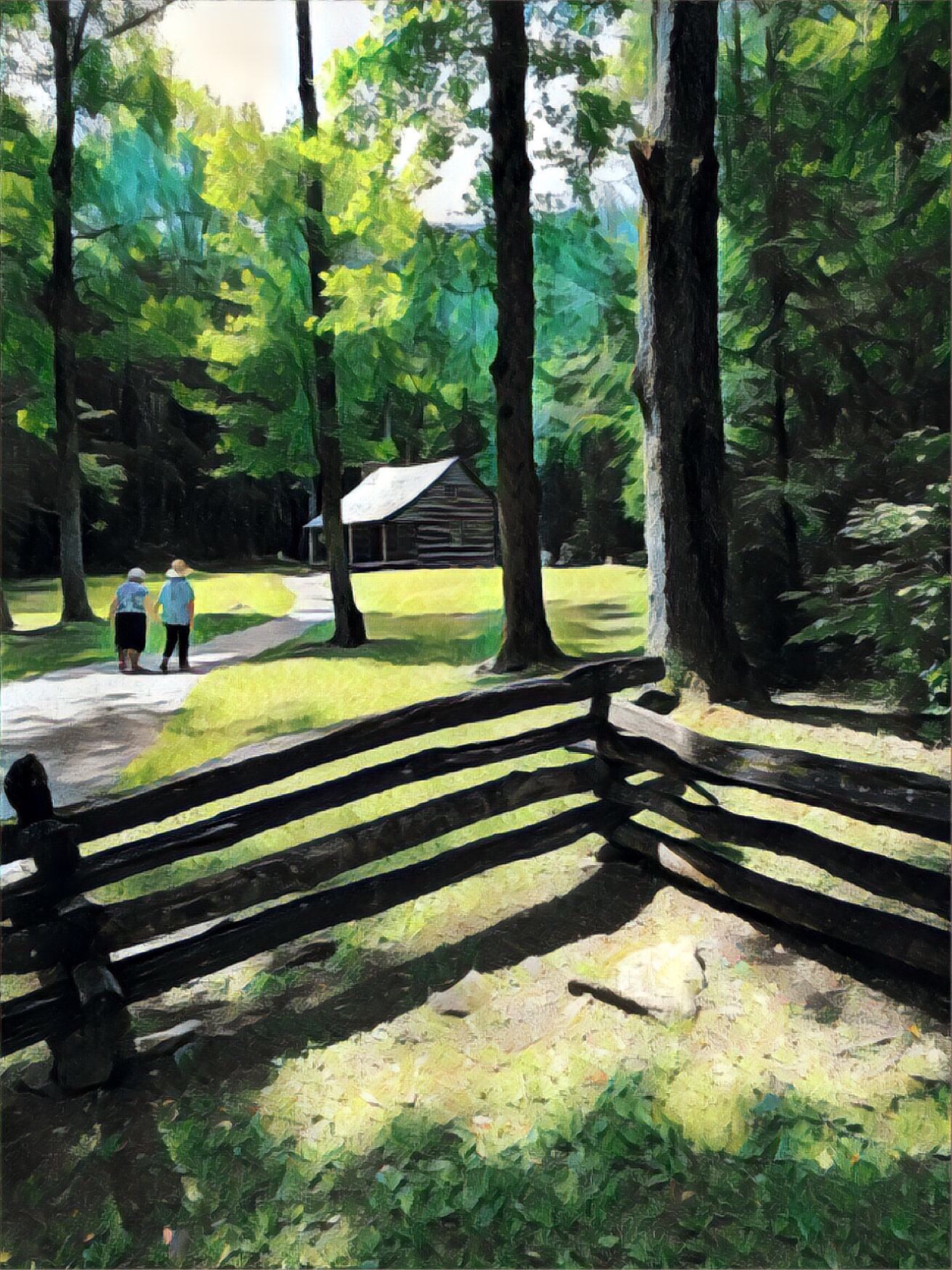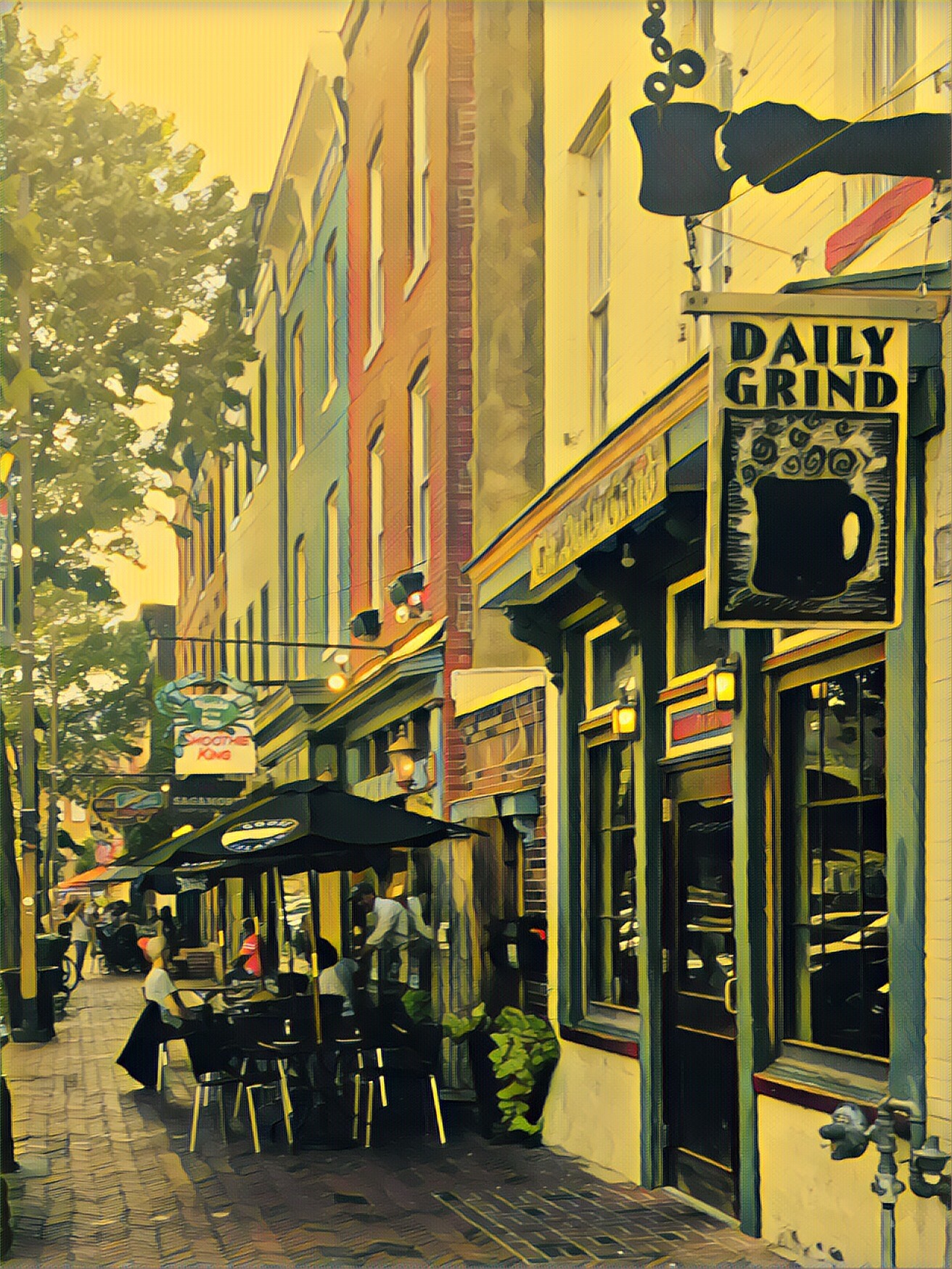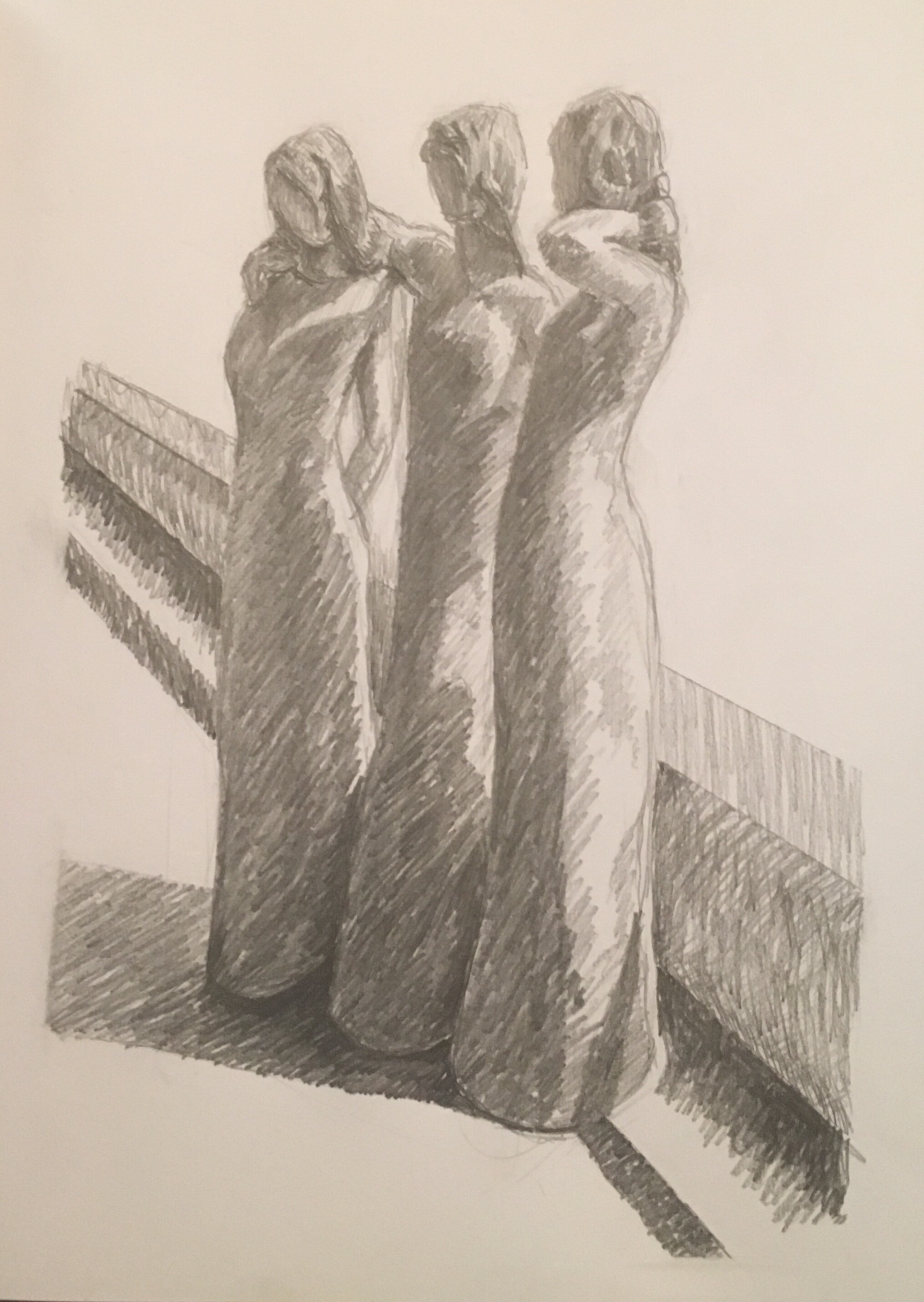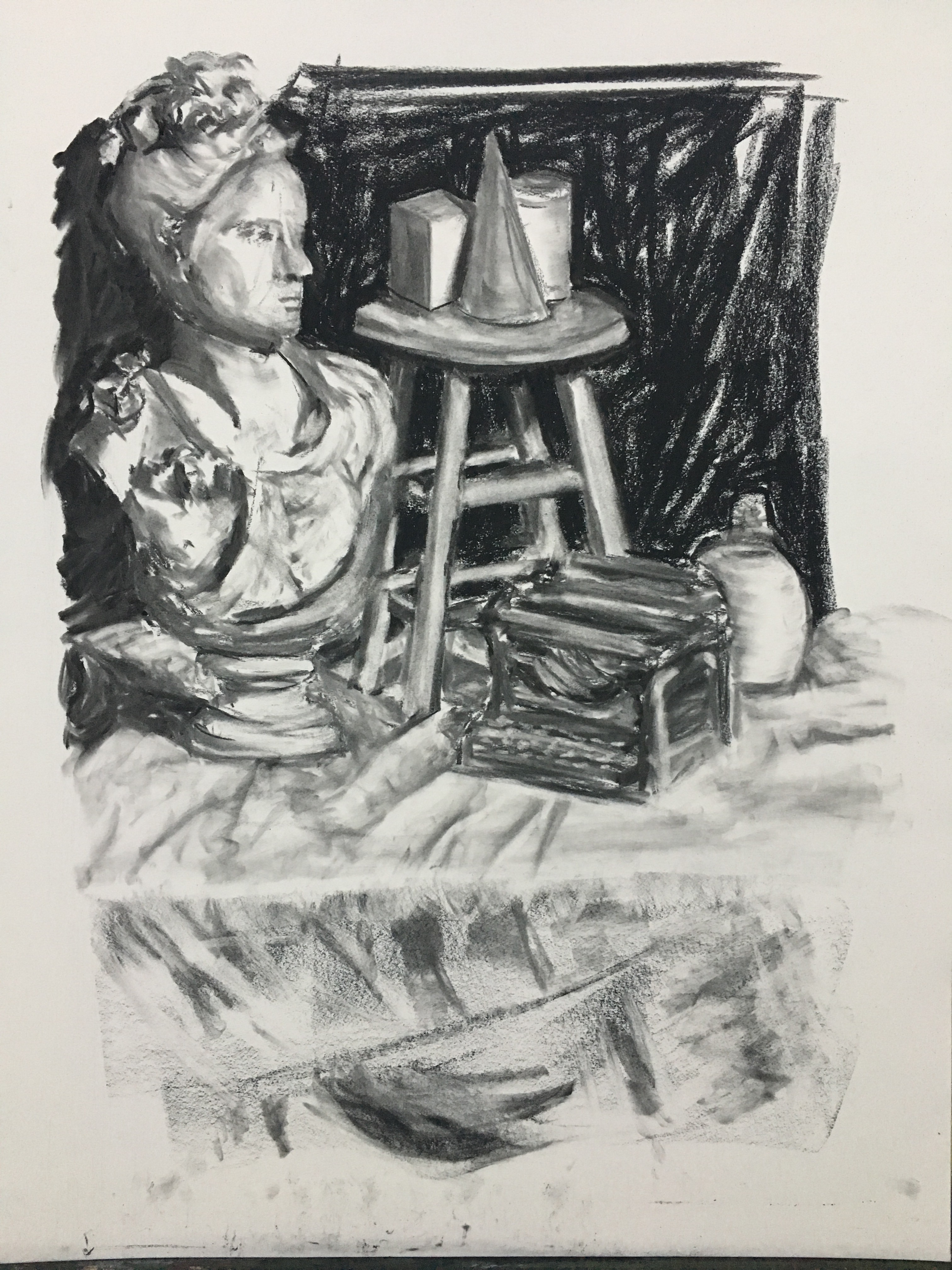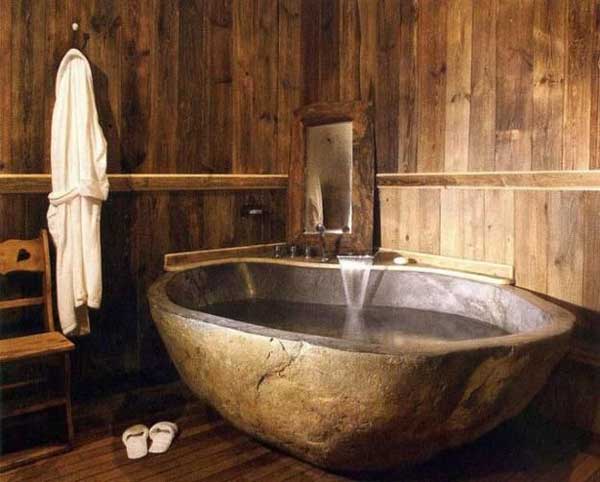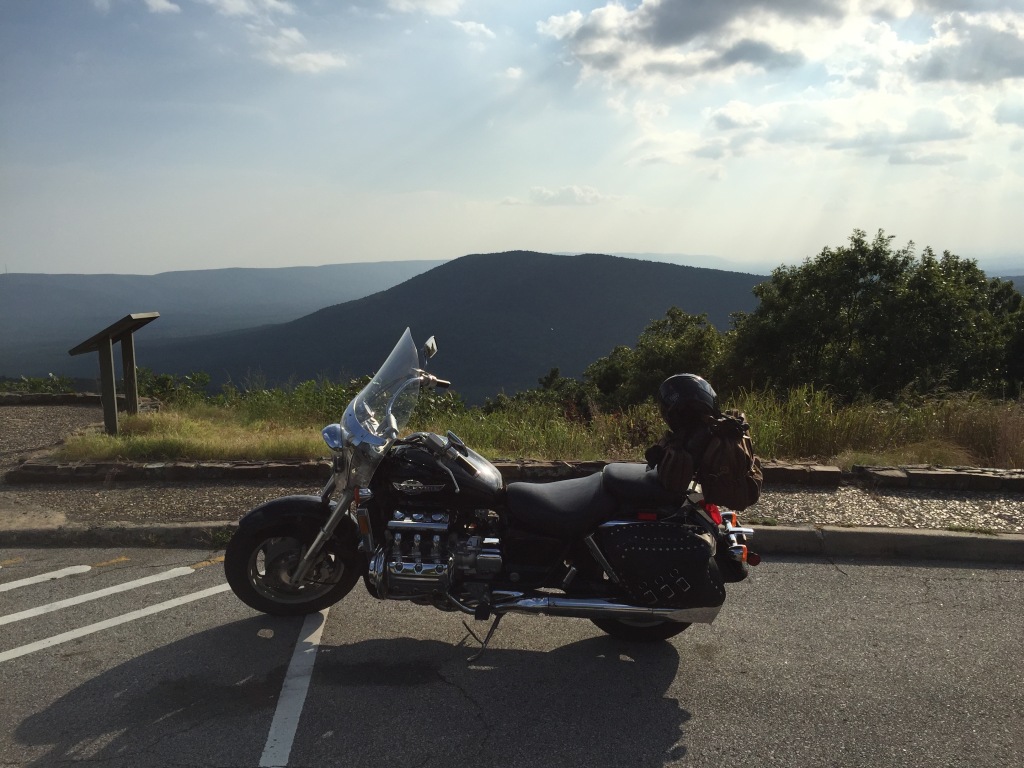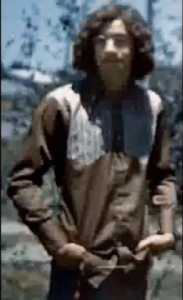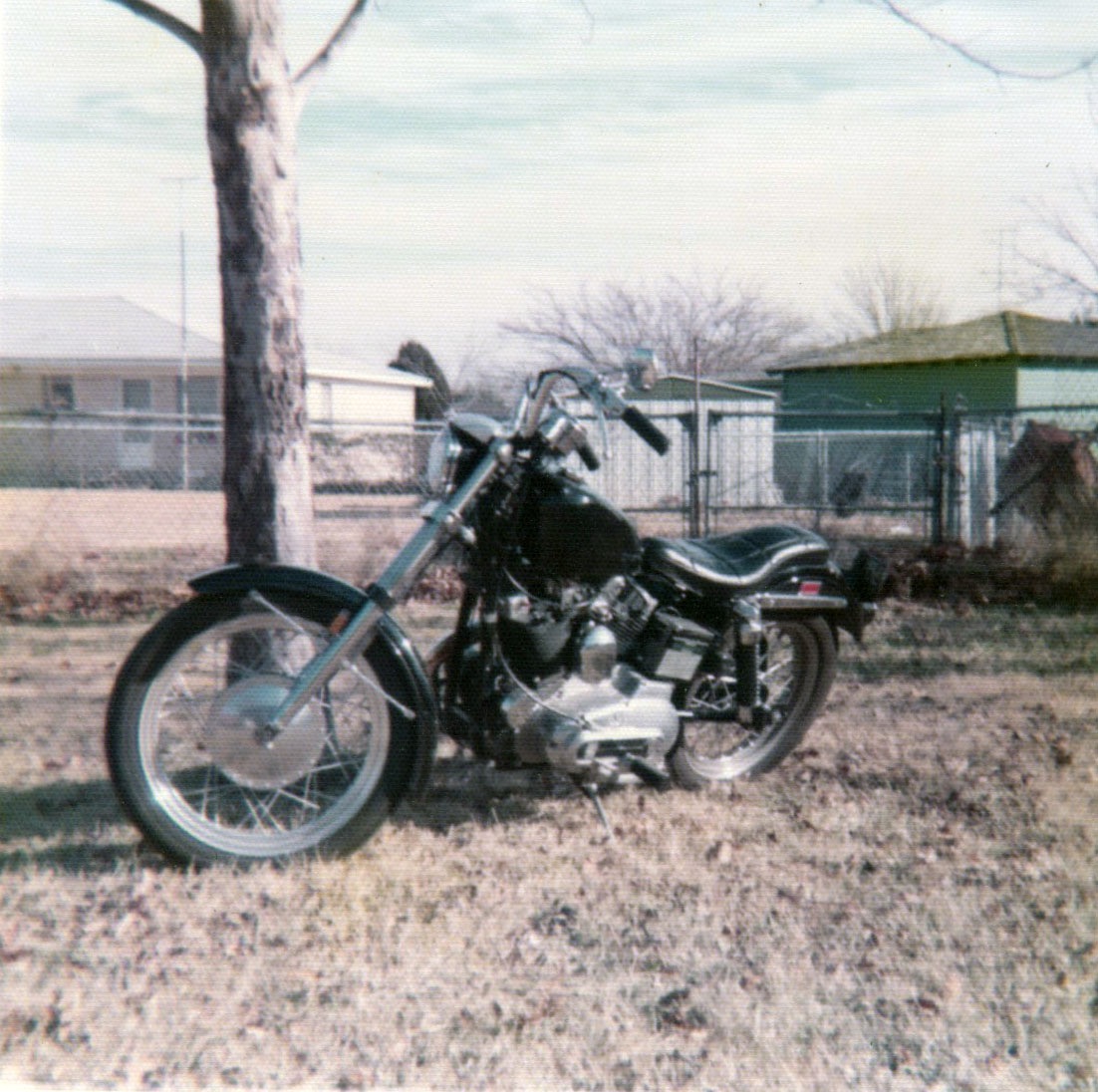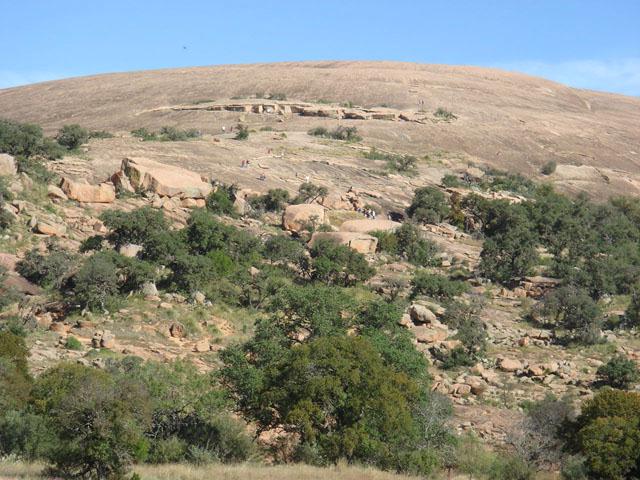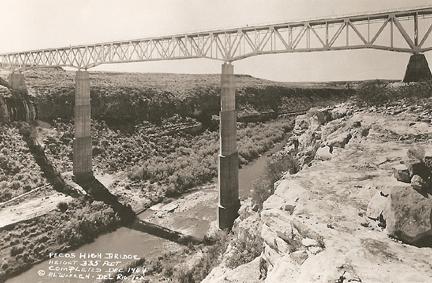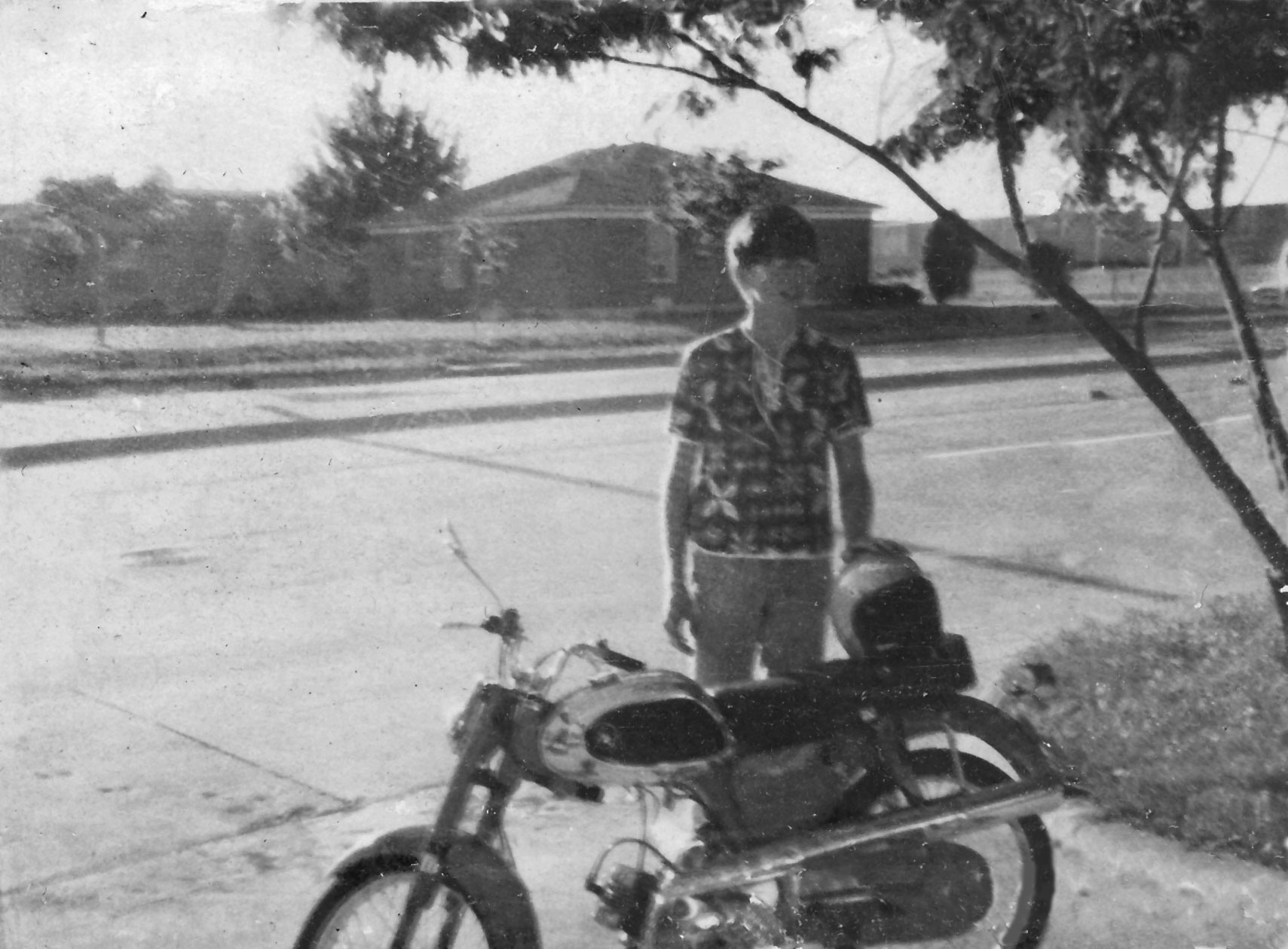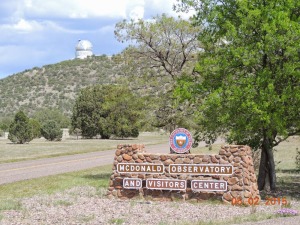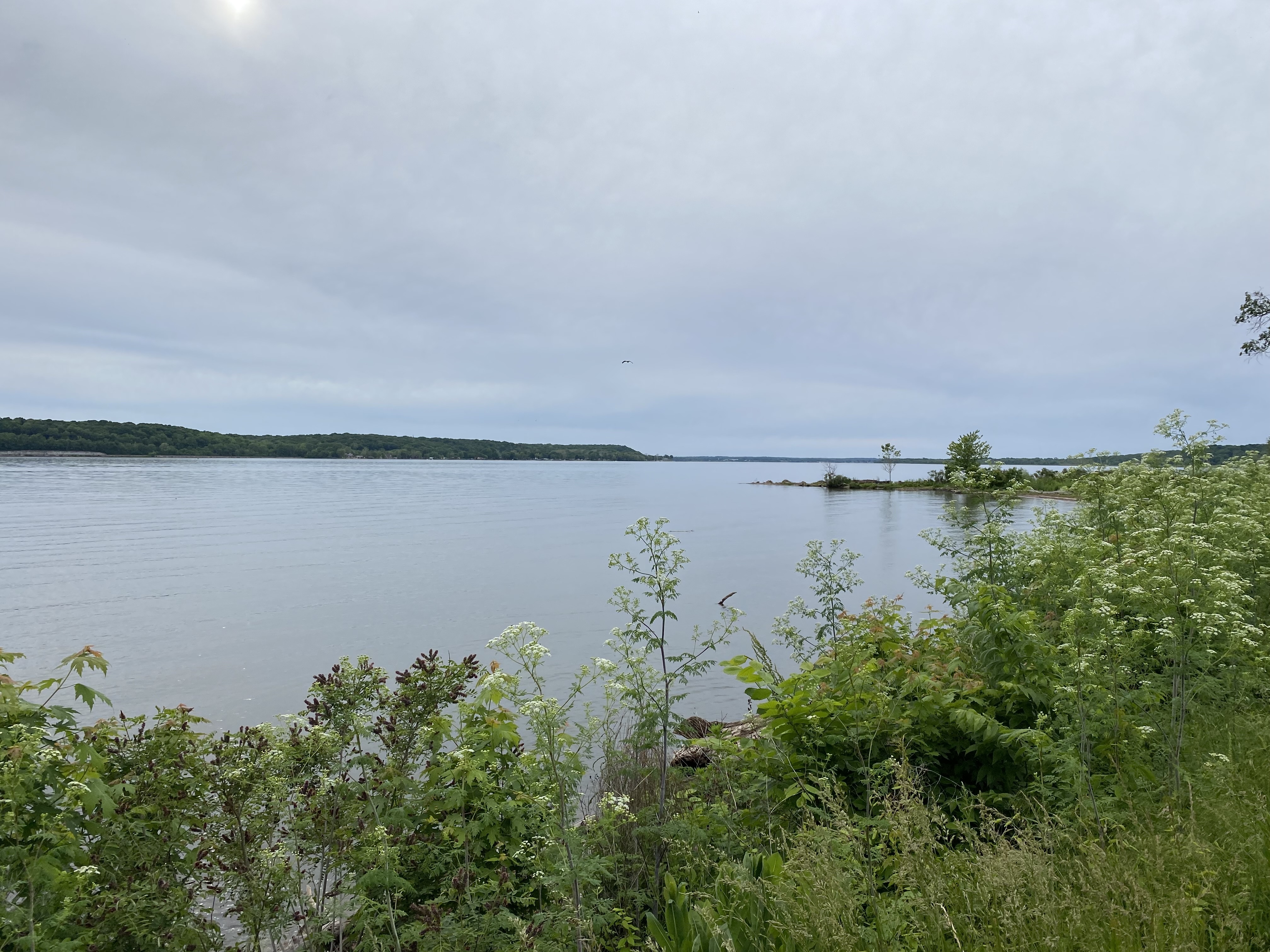
When you are outside, being still, simply appreciating where you are, slowing down long enough to listen to the birds and frogs, feeling the breeze, and watching the seasons change, do you often find yourself wondering what it was like to be here long ago? Who lived in this place? What would you have seen here 100 or 1000 years ago? What forces have shaped the land and how was life sustained? Will someone sit here in 10,000 years and contemplate what was happening today? I think about this often.
Maybe that’s what fuels my fascination with Native American and Pre-Colombian artifacts. I paint watercolors of statues, ceramics, and architecture from the collections of museums. So anytime I have a chance to visit a site or tour a museum, I can’t pass it up.
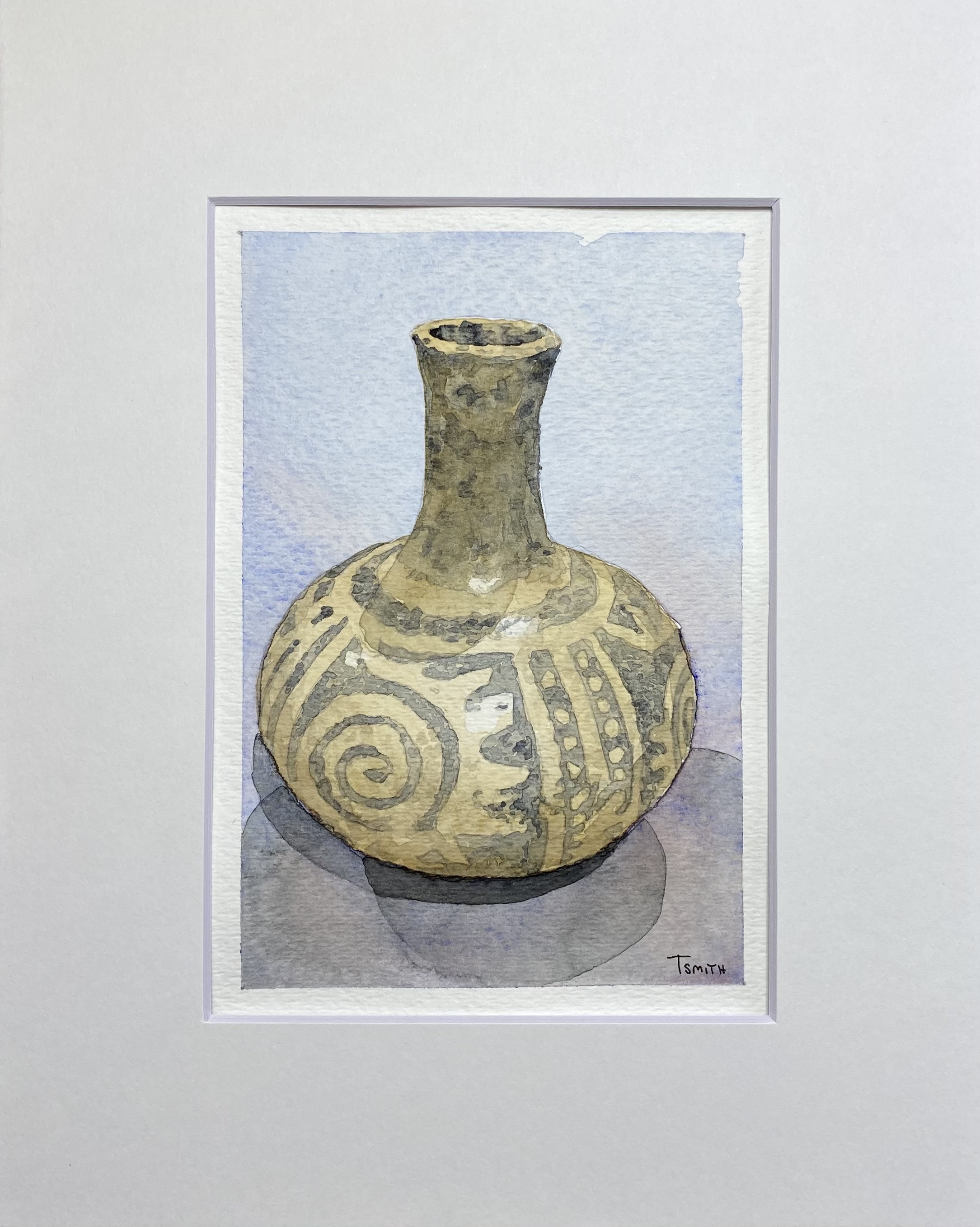
Such was the motivation of my stops on my recent motorcycle road trip, astride my near antique 1998 Honda Valkyrie. There just aren’t enough opportunities (or sufficient funding) for bike trips. Truth is, at my age they have morphed into motel and restaurant tours which definitely increases the expenses.
Day 1 (May 24): Konawa, OK to Vilonia, AR
325 miles
Our family gathered in Vilonia for a memorial service and I chose to use this trip as the catalyst for a road trip adventure. I left my home in Konawa with 40,320 on the odometer (all such data in this writing are approximate or a best guess) and took Hwy 9 through Eufaula and 271 through Spiro, Oklahoma. In Arkansas, I took Hwy 64 which parallels I-40. Interstate highways are something I avoid, but once I a while I’m forced onto. Since I left home late and wanted to arrive before dark, I didn’t stop for anything but gas. Poor vision and the exploding deer populations have put an end to night rides for me.
Lack of time forced me to omit a stop at Spiro Mounds which was sad, but not a complete disaster since I’d been there before and had also recently seen the Spiro exhibit at National Western Heritage Museum in Oklahoma City.
Several small towns along Hwy 64 were tempting me to explore: Altus and Coal Hill were very quaint. Somewhere in the the I spotted a “Regular Baptist Church”, which I had not heard of before – interesting to read about. The approach of nightfall forced me onto the interstate at Clarksville. Yuk.
Once in Conway, very near my destination, I stopped to call for directions and saw a number of homeless people in front of Starbucks and Subway near the interstate. Didn’t expect that, but I guess I should have.
Day 2 (May 25): Vilonia, Arkansas
0 miles
This day was spent with family.
Day 3 (May 26): Vilonia, At to McGehee, AR
328 miles
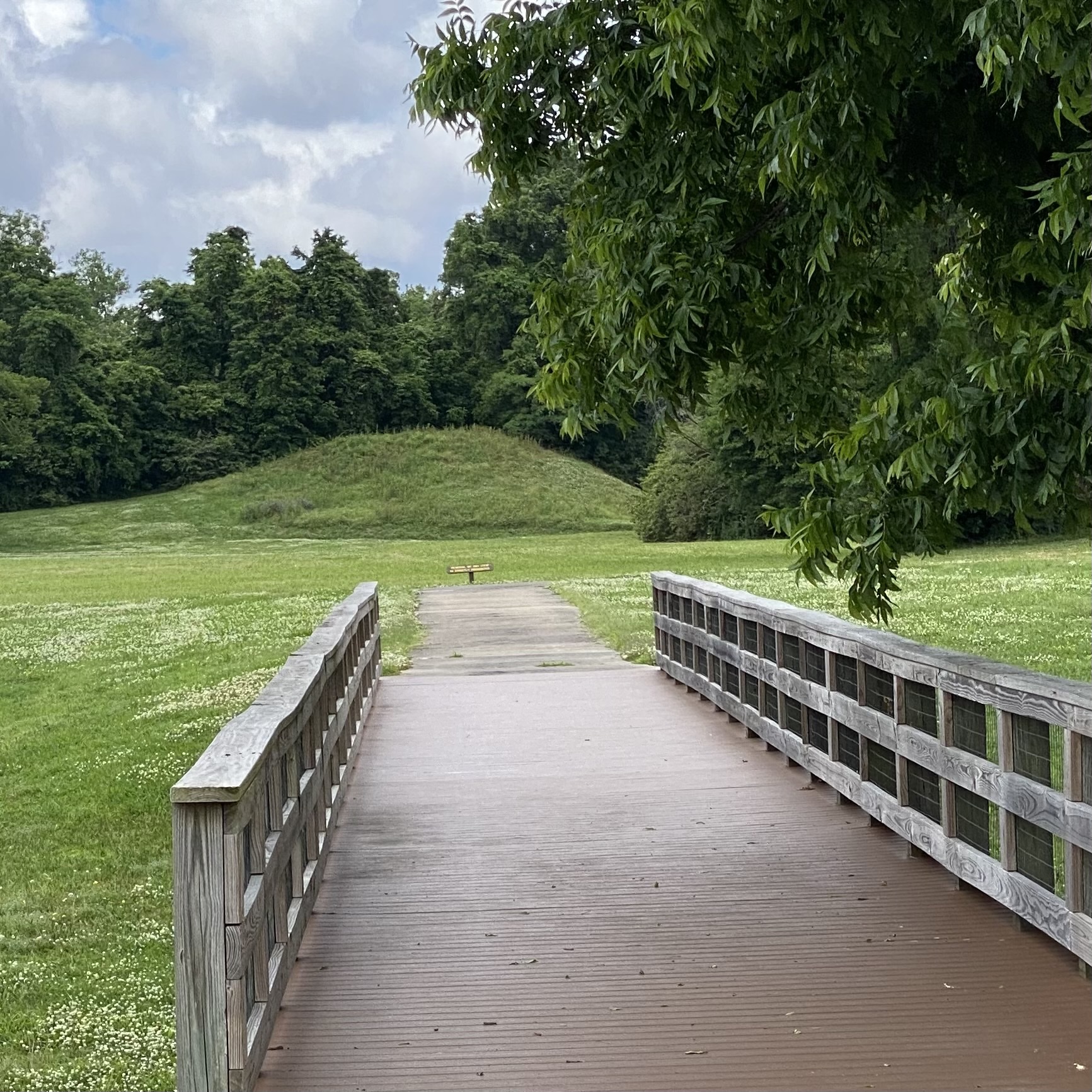
On the road again. First stop: Parken Archeological Site, my second visit there. A good place to get off the saddle and walk a little, looking at the mounds and old school. At the confluence of the St. Francis and Tyronza rivers, site is significant because of the Mississippian culture mounds and a sawmill community established here in 1902. The staff is friendly and there’s a nice exhibit. It’s suspected that this was the location Hernando de Soto visited in 1541 and described as the province of Casqui. If you ever passing through eastern Arkansas and want a place to rest and soak up some native history, visit their little museum and then follow the path out back to a bench under a shade tree and close your eyes. Image being here a 500 years ago when the Mississippian community was thriving – or 100 years ago when the sawmill community drastically changed the landscape. After exploiting all the hardwoods east of the Mississippi, lumber barons moved west to devastate forests in the rest of the continent and Parkin was a convenient place to establish a sawmill, using the two rivers to float the logs.

A few miles on to Marion, Arkansas, and I reach the Great River Road. Which way do I go? Short trip or long trip? North or south? For no particular reason I head south and plan on crossing at Vicksburg.
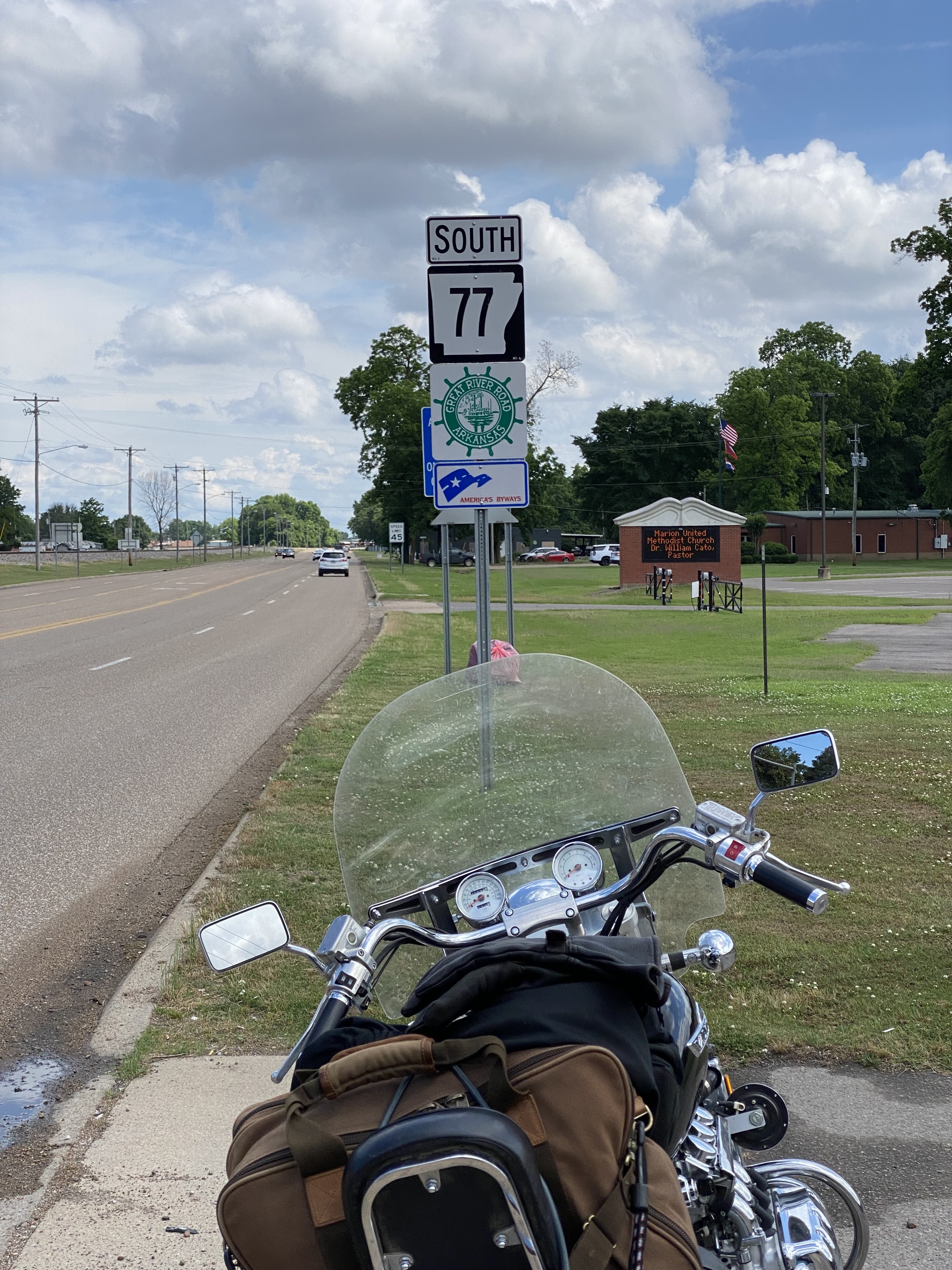
I have never had anyone tell me they have driven the Great River Road and I’m already starting to see why: it’s all kind of a blur of plowed fields, millions of acres of corn and rice fields, center pivot irrigation systems, and crop dusters. I was going to stop at New Madrid (epicenter of the largest recorded earthquake in North America), but I guess I was in a corn haze and just didn’t. There were a few miles of interesting places along horseshoe lakes (oxbow), but the corporate agriculture was overwhelming. I eventually realized that Vicksburg was a too distant goal for the day and gave in to weariness at McGehee, Arkansas. Got a decent motel room and ate blacken catfish at Hoots. Some kind person anonymously paid my check. Hmmm. Time to leave a good tip and get some rest. I’m already saddle sore.
Day 4 (May 27): McGehee, AR to Vicksburg, MS and up to Millington, TN
380 miles
I left McGehee while it was still dark, grabbed a donut and hit the road. While passing an RV Park along the river I spotted a sunrise view that I just had to photograph.
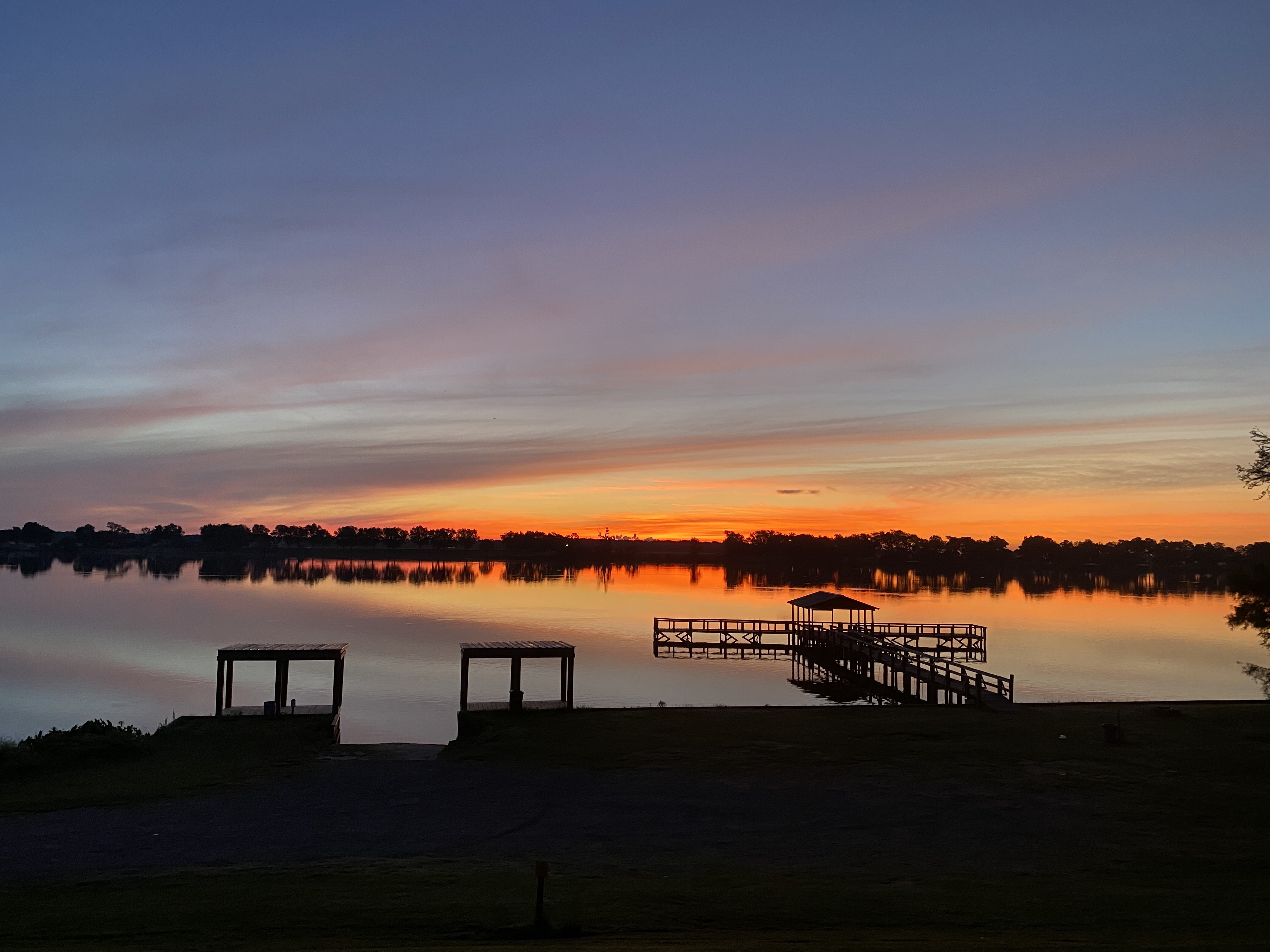
An interesting discovery as I passed from Arkansas into Louisiana was the town of Transylvania. I bought gas at the Farmhouse Restaurant from the oldest working gas pump I’ve seen in decades. The post office, water tower, and abandoned school there have undoubtedly been photographed by every tourist whose passed through town.
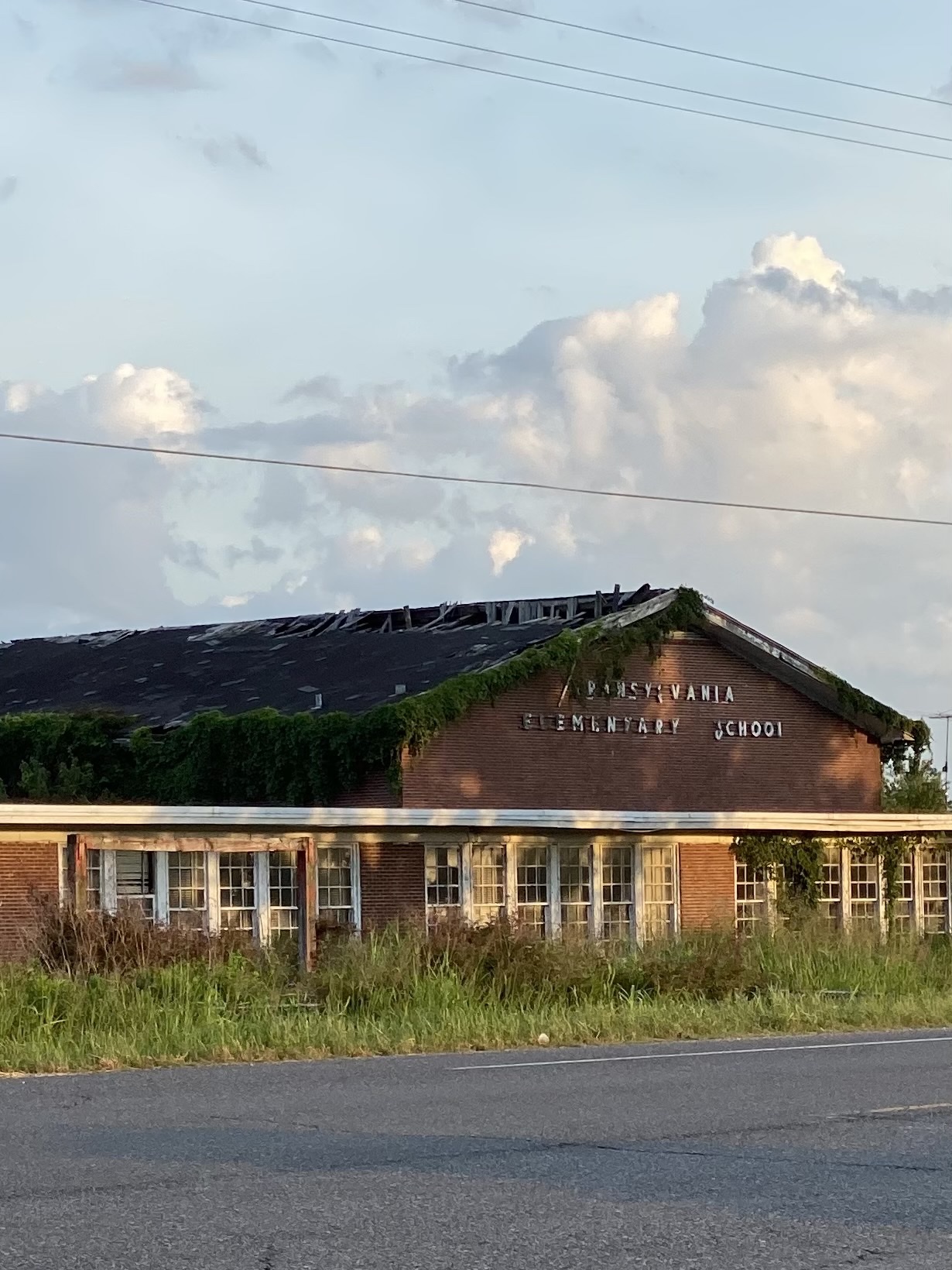
It’s about time for an oil and filter change and Google told me that Cannon Honda in Vicksburg was a motorcycle dealership. It’s not. The next opportunity is in Memphis and I wondered if they’d be open when I got there. Or if I’d get there. I know there are lots of things to see and do in Vicksburg, but I’ve been here a couple of times before. This trip’s about paying respect to the ancient ones along the Great River Road (GRR)and I continue along it.
Here’s where I started missing opportunities. The Mississippi Mounds Trail is a self guided tour of more than thirty mound sites. I did not know this and I just drove right past. I saw some signs, but didn’t understand. Someday I’ll go back.
So it gets pretty interesting when the GRR route in Mississippi takes to the top of the levees. A few miles north of Vicksburg, the designated route leaves Hwy 61 and turns back south on 445 taking you closer to the river. There are a few nice lake communities to see, lots of crop land, and not many gas stops. But then there’s some “Road Closed 14 Miles Ahead” signs, cattle guards, and construction work going on. Big earth moving equipment. But I look at the map a bit and realize I’m pretty committed at the point, so… what’s the worst that can happen? Let’s go see.
As promised, in 14 miles the pavement ends and there are some work trucks parked in the road. So like any dumb tourist would do, I pull up to the guy in the truck and say, “So does the road just dead-end ahead or is there a way through?” He tells me there going to be miles of rough gravel, but I can make it. He’s right on both counts, but let me tell you – there’s places where the Great River Road isn’t that great.
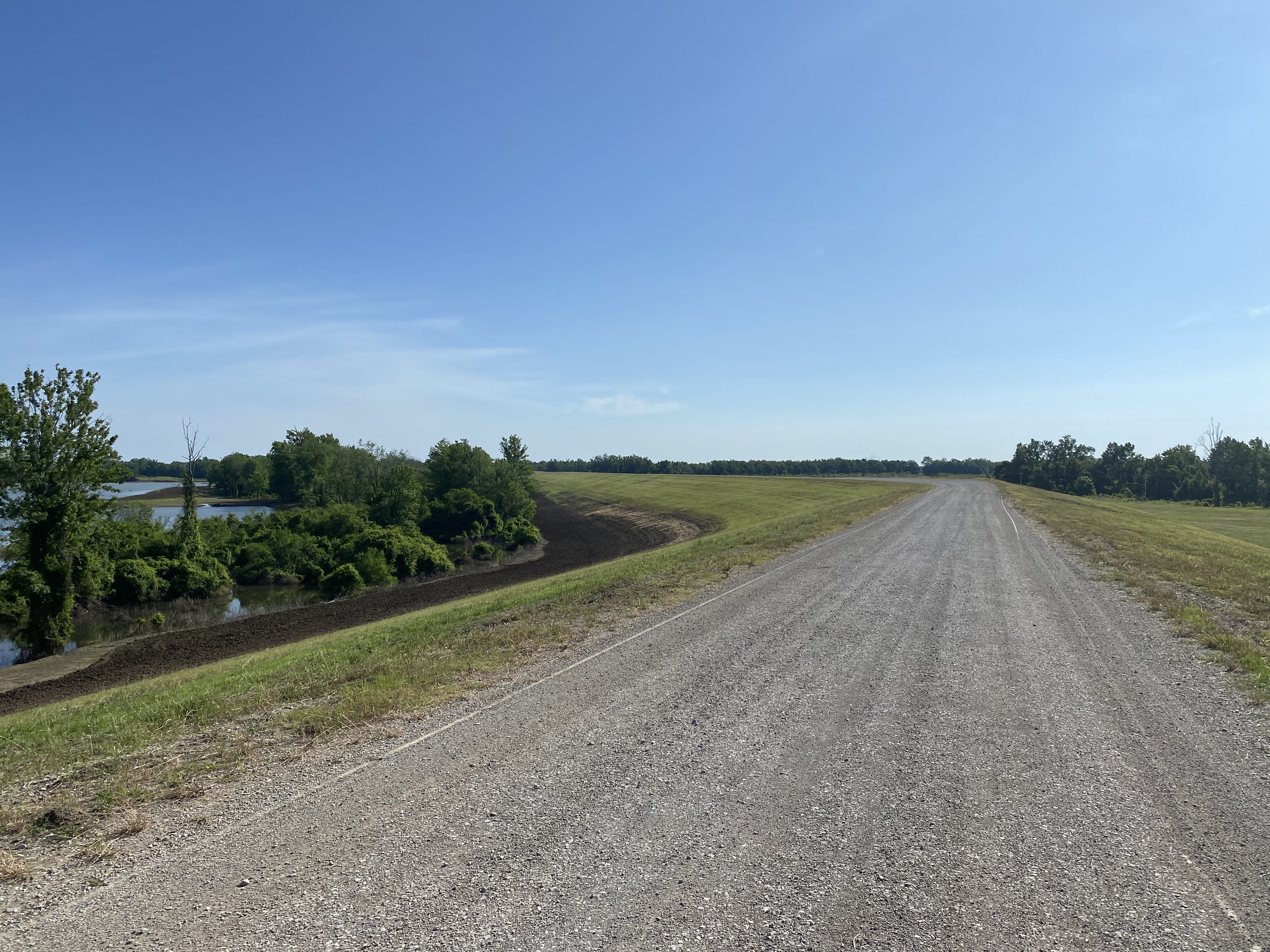
Later on, still on the not so well designated but at least paved GRR route, I realize I haven’t seen another car or truck (certainly no motorcycles) in a long time and I need a break. There’s no shoulder so I stop on the road, get off, take off my gloves and helmet to stretch and walk a while. Really saddle sore. Then my cell phone rings, which is surprising since there has been any signal for a while. It’s my son, Tsegaye, and we have a nice chat catching up on events at home. This is the last time I saw my riding gloves. I hope someone found them and gets some use out of them. They were really good gloves.
So I make the motorcycle shop in Memphis in plenty of time. Even though the sign in the service department says they are scheduled six to eight weeks in advance, they drop everything and work in an oil change for a traveler and I get a little rest. This is one of the nice things about motorcycle shops: they almost always go out of their way to support the traveler.
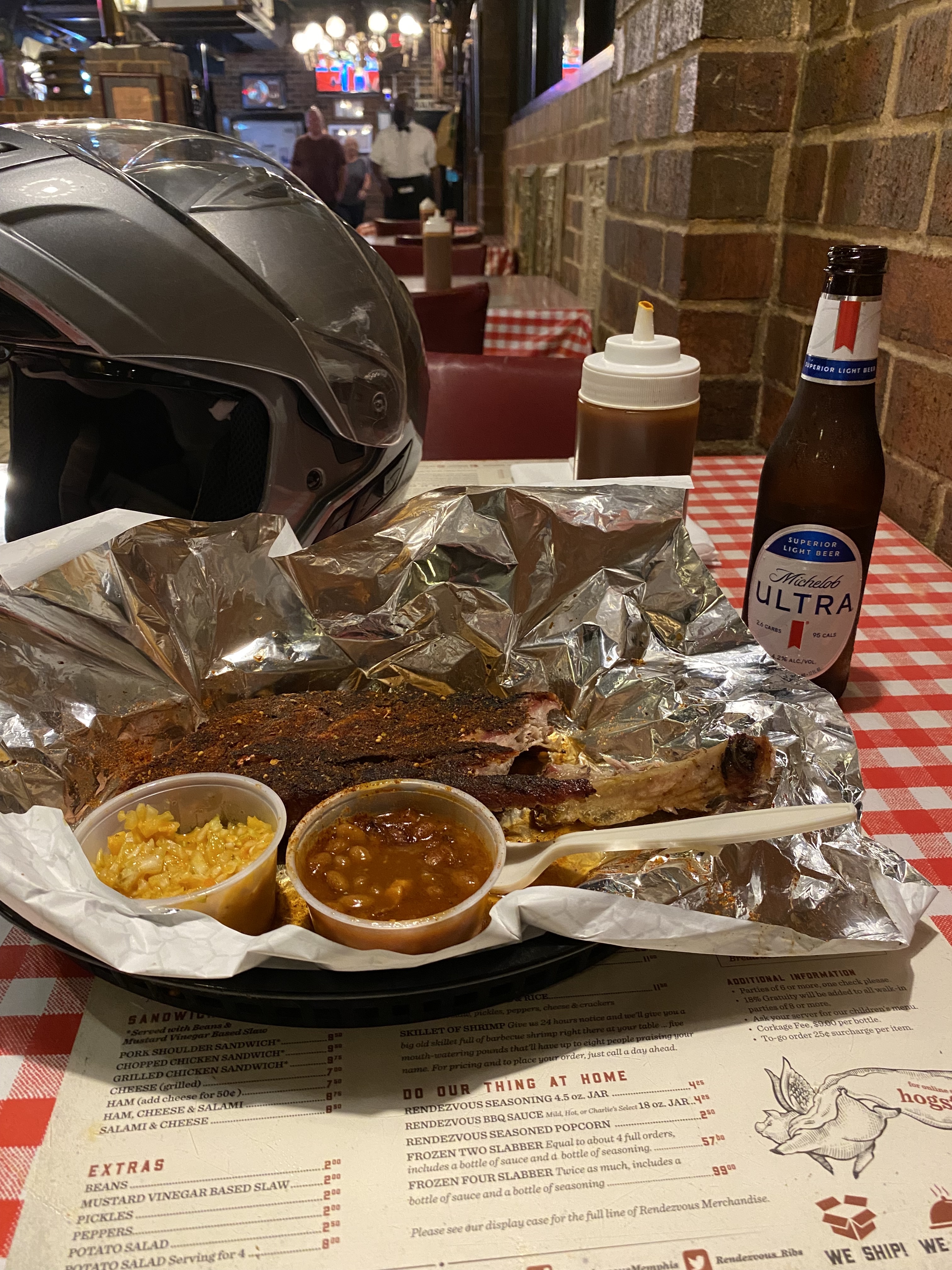
Next stop: ribs and beer at Rendezvous on 2nd Street in downtown Memphis. But now I’m tired, really tired, and it’s looking rainy, so I only make it to Millington. Have I mentioned being saddle sore? Another motel and shower and I’m done for the day.
Day 5 (May 28): Millington, TN to Collinsville, IL
350 miles
It’s a rainy morning. I’m eating breakfast at I-Hop and I get my second phone call. This is weird, because I can go months without any calls (except for Karen with automotive services center, whose records show the my vehicles extended warrant is about to expire). This time the call is from an old high school friend from that I haven’t seen in decades. His son is motorcycle racing in Oklahoma and he thought it would be a good time to get together. And it would be if I was in Oklahoma. But I’m at IHop drinking coffee and not even sure what state I’m in.
So, on down the twisty road and I’m in Kentucky looking for Wickliffe Mounds State Park, where I meet the staff, pay my $6, walk around and look at their exhibit. Really, it’s sort of a sad history of your all too typical grave-robbing business man. Even his collection of artifacts was robbed (or would that be re-robbed?) in 1988 and never recovered. So I got to see replica replacements. This is where I notice the missing gloves.
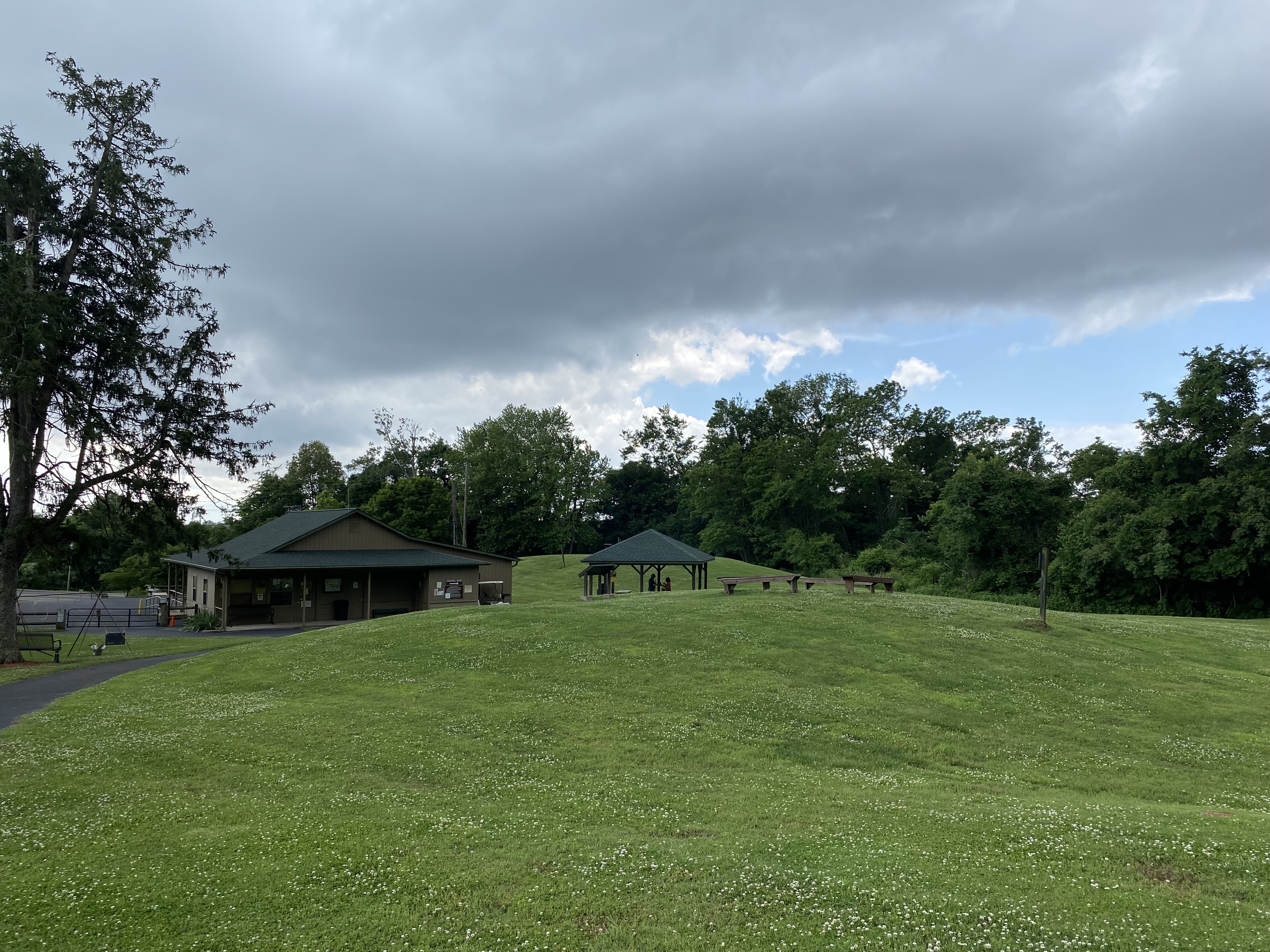
Back on the GRR, I cross the mighty Ohio River and land in Cairo. From this point on I’m determined to make it to my daughter, Sarah’s house. So, in her infinite wisdom, Siri decides to throw me a few misguided directions to see if she can add some miles and minutes to my trip. Of course she can. Not to mention some unnecessary Interstate experiences – like having a couple of teenage girls, driving a red car in the rain with their windows down, change into my lane before they’ve passed me… at 70 miles per hour. Nevertheless, I get to Sarah’s house tired, sore, but unscathed and we have pizza.
Day 6 (May 29): Collinsville, IL
0 miles
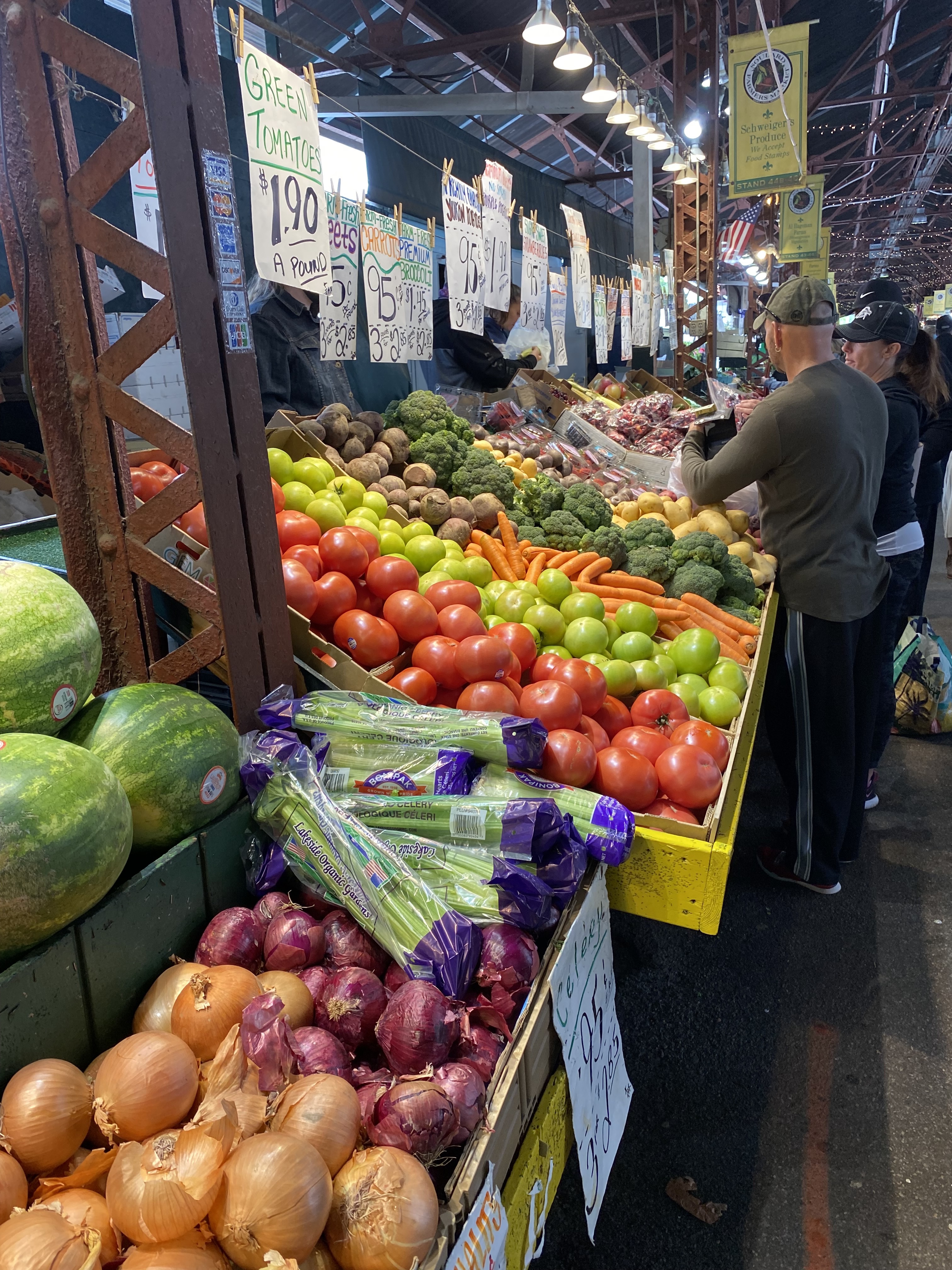
Sarah was kind enough to spend the day with her dad. She drove me to St. Louis where we visited the Soulard Farmers Market, witnessed the conclusion of a dedication service for new priests at the St Louis Basilica before viewing the inside, ate tacos in the hipster district, and then walked through the Missouri Botanical Garden. Wow. Full day. I had to sit down and rest a lot at the garden. Thank you for spending the day with me, Sarah. Thanks, Michael, for making that possible.
Day 7 (May 30): Collinsville, Illinois to Burlington, Iowa
Approximately 325 miles
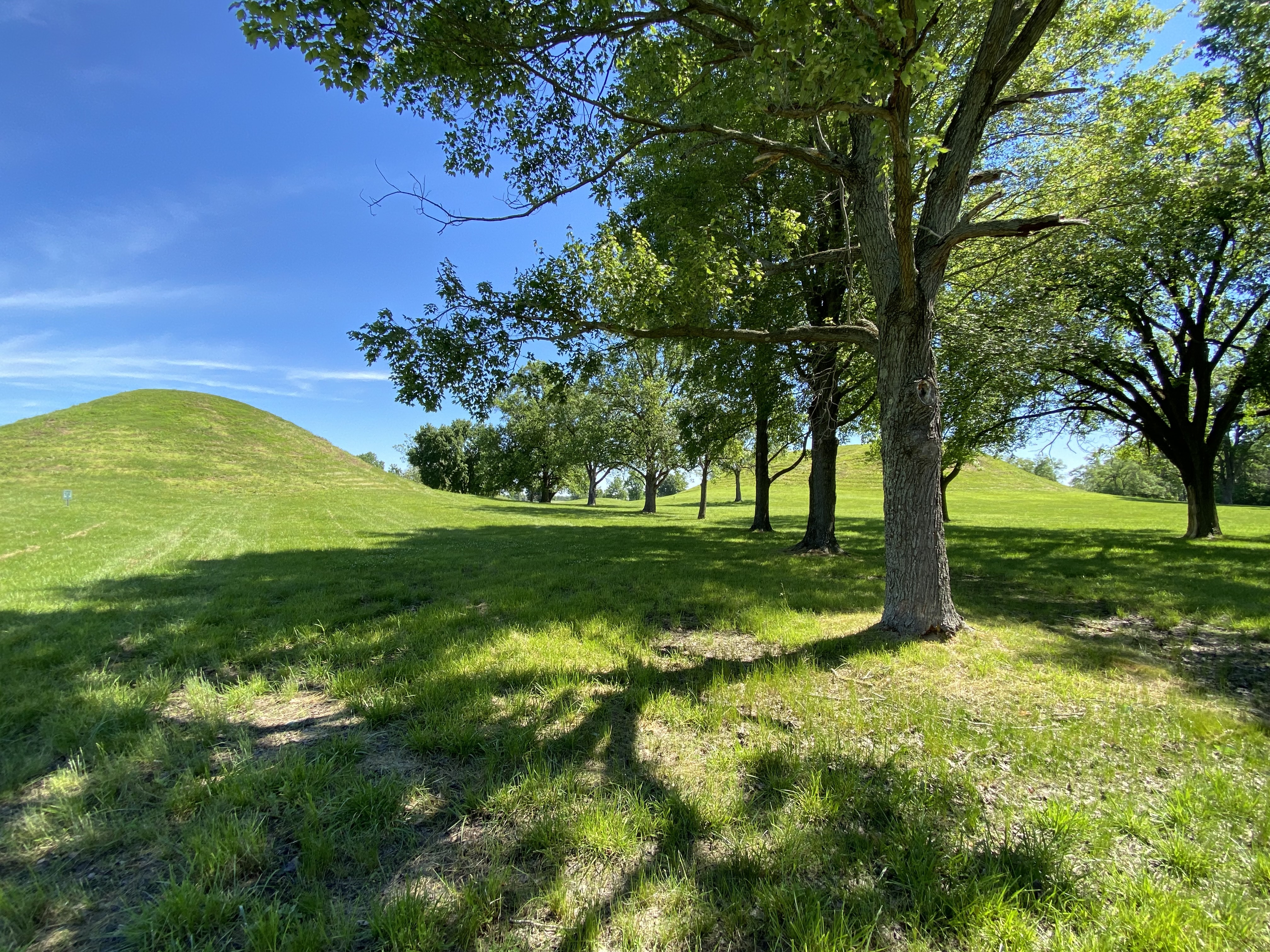
Even though I’ve been to Cahokia Mounds a couple of times before, I wanted to go again. Since it was Sunday and Memorial Day weekend, I figured it wasn’t going to happen. But I was wrong – they were open and I got there just in time for a walking tour of the mounds. The young park service tour guide was very friendly and knowledgeable. He shared a lot of information about the site, the Mississippian Culture, and the native flora that I had not heard in my previous visits. So I took the walk, toured the museum, but didn’t climb Monks Mound this time because my knees hurt. Then I hooked up again with the Great River Road.
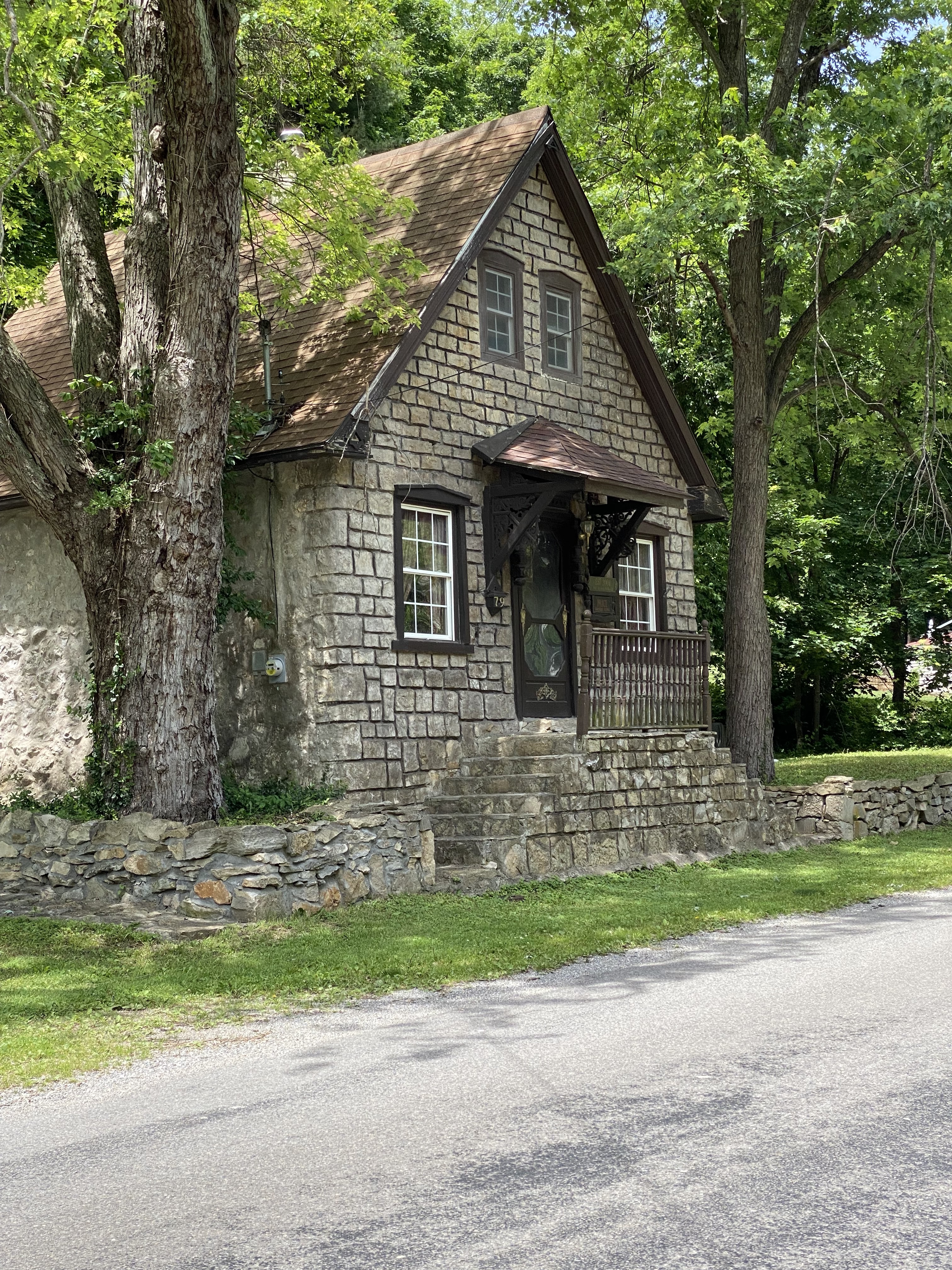
Between Alton and Grafton you pass The Village of Elsah. It’s one of the spots that I’m glad I stopped at. There was a community music hall and a gallery, every little house was so well maintained, it just looked like a cool place to hangout.
So far this trip has been without other motorcycles. Heck, a lot of it has been without traffic of any kind. But then you finally get to a stretches of road with good pavement, a splendid view of the river, and some curves, like between Alton and Grafton, Illinois — suddenly motorcycles are everywhere. Everybody’s lookin’ all badass and burly, but if you notice their plates and talk ‘em up, they’re really just on short day trips and buzzing bars and restaurants. Very, very few are toting any gear. What impresses me far more was seeing bicyclists on the MRT (Mississippi River Trail). More about that later on.
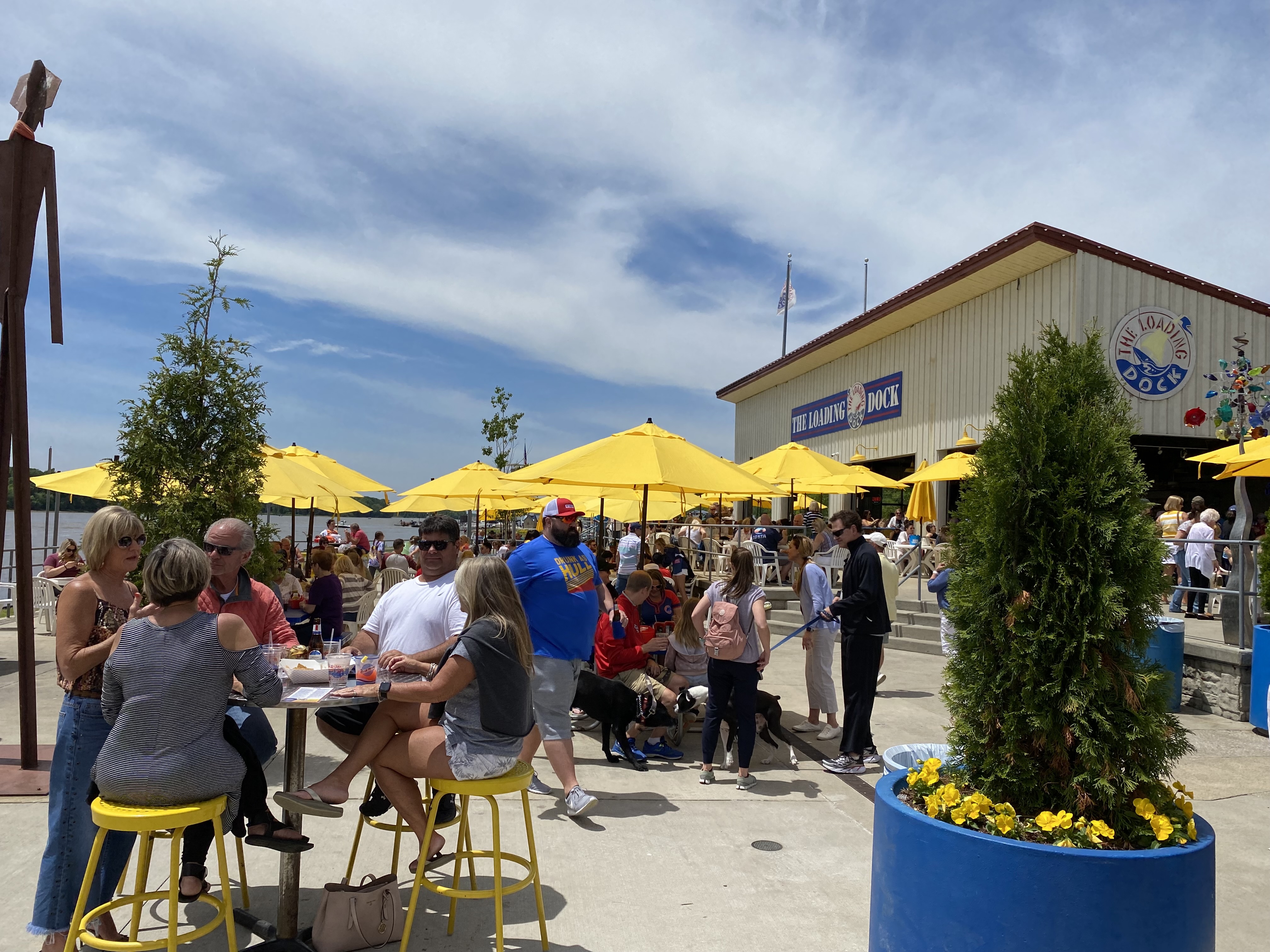
There was a place in Grafton (The Loading Docks) where I had eaten with Sarah on a previous trip. We had been there around lunchtime on a weekday, the food was good and the river view was great. But now it’s Memorial Day weekend and it’s ridiculously crowded, there zero masks or social distancing (COVID-19) and I take a pass. I don’t care much for being in a crowd anyway. So a little further up the road I find O-Jan’s Fish Stand. Far more local color, great catfish and a couple Busch beers in the bottle. If you eat at a picnic table on the deck you’ll see the Grafton Ferry Landing. While waiting for my order I got to met an elderly (about my age) man who had been a roofer in Mississippi. He said “You know what I did when I retired? Kept on roofin!” He said roofing seemed like a great job when your daddy had been a sharecropper.
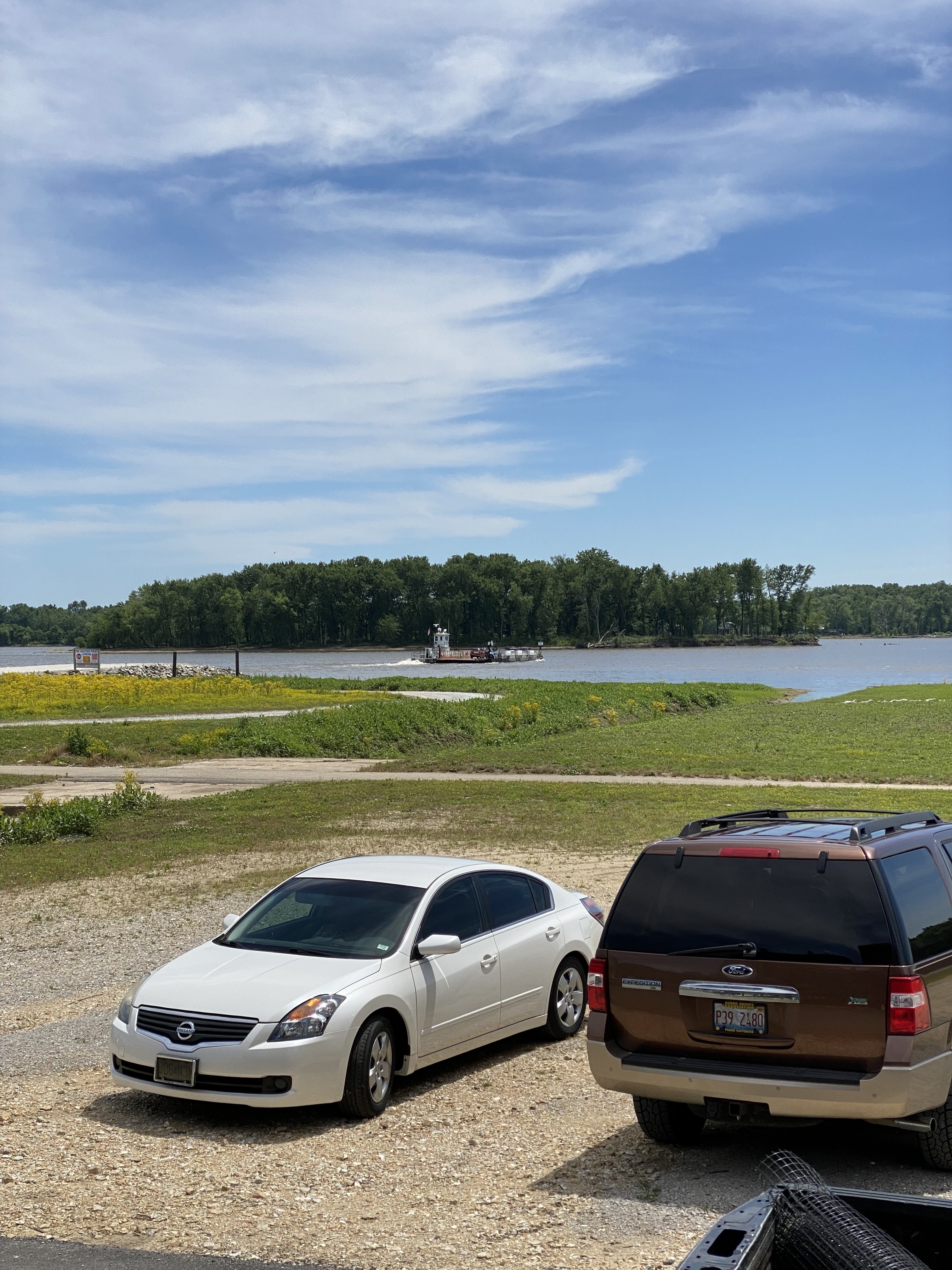
As I was eating my lunch I got another phone call. This time for another old high school friend who was sharing the sad news that one of my best friends from those days just passed away. So I ate my fish, drank my beer, watched the river rolling south, and thought about how short life is. This is an area they call The Bluffs– very scenic with vertical rock outcroppings near the river banks.
Back in the saddle heading north. I remember the road was nice near Nauvoo, Illinois, and the day trippers started to thin out. What is it about loud pipes? I know I’m old, but I value what’s left of my hearing and don’t care a whit about trying to impress anyone with biker bravado.
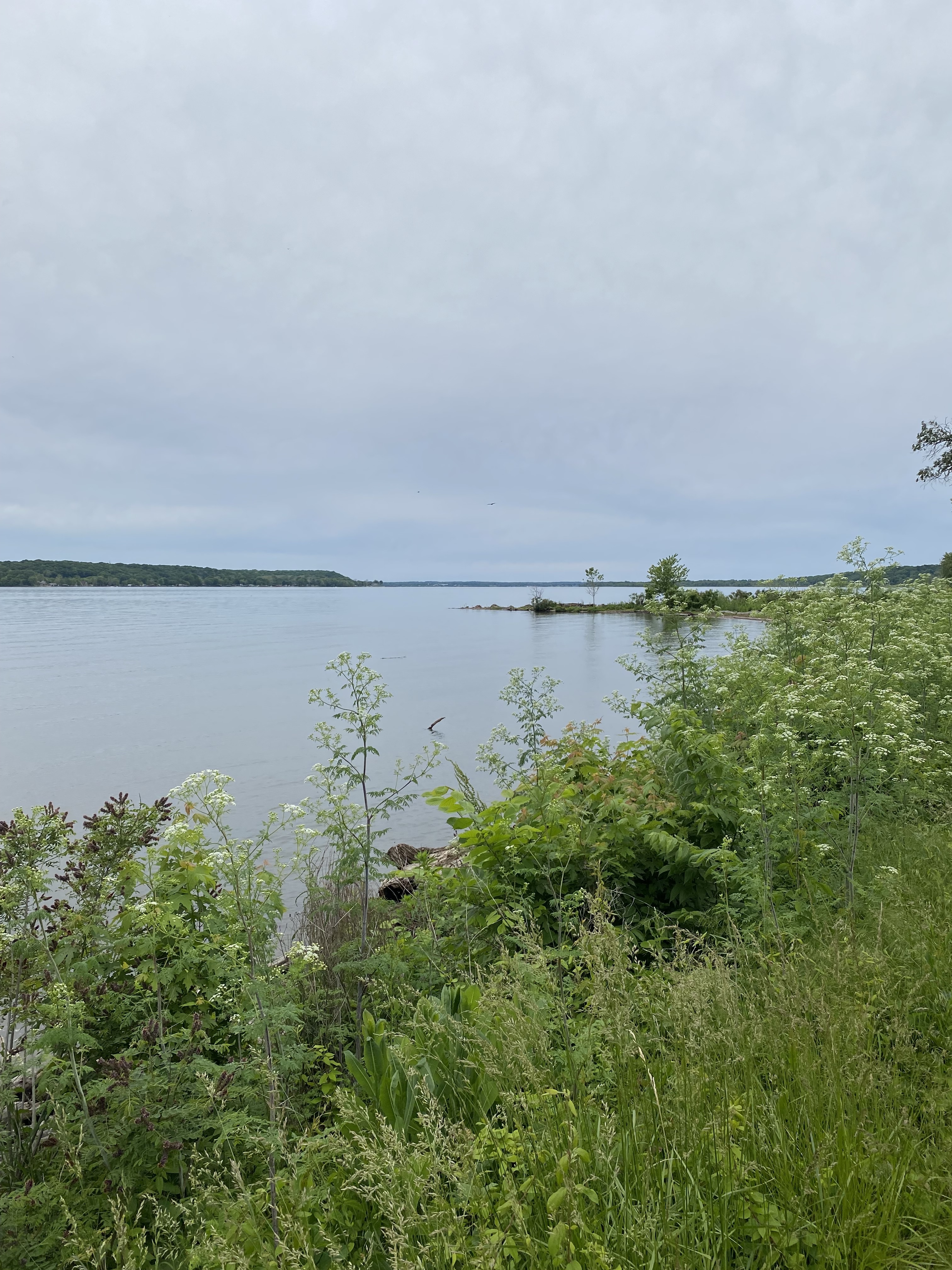
Sometimes any excuse for a break is a good excuse, so I stopped for a drink at Chick’s On The River at Quinton and talked a bit with local bikers and had the day’s special – a Bloody Mary, probably my fist on in thirty years. It included a lemon wedge, a lime wedge, a wood skewer holding four giant green olives, a dill pickle wedge. I wish I’d have taken a picture, but that didn’t seem appropriate while bonding with macho bikers. There were some nice pull offs just south of Nauvoo.

Anyway, I decided I’d had enough for the day and crossed over to Burlington for the night. I notice my stops are getting more frequent and it’s getting a little harder to dismount each time. I’m getting between 30 and 40 miles per gallon which isn’t great for a motorcycle, but that’s the price of six cylinder power and I don’t mind frequent stops anyway. Have I mentioned being saddle soar?
Day 8 (May 31): Burlington to La Crosse
375 miles
I left Burlington later than my usual departure time because I slept late. I’m not used to curtains. After crossing the river back to the Illinois side, I found a covered bridge on Henderson Creek between Gladstone and Oquakaw. The Henderson County Covered Bridge was built in 1866, but I guess it wanted to see the world and in 1982 it headed downstream. Not getting very far, it was apprehended by the locals, disassembled and built back on the original site but three feet higher to prohibit future escapes.
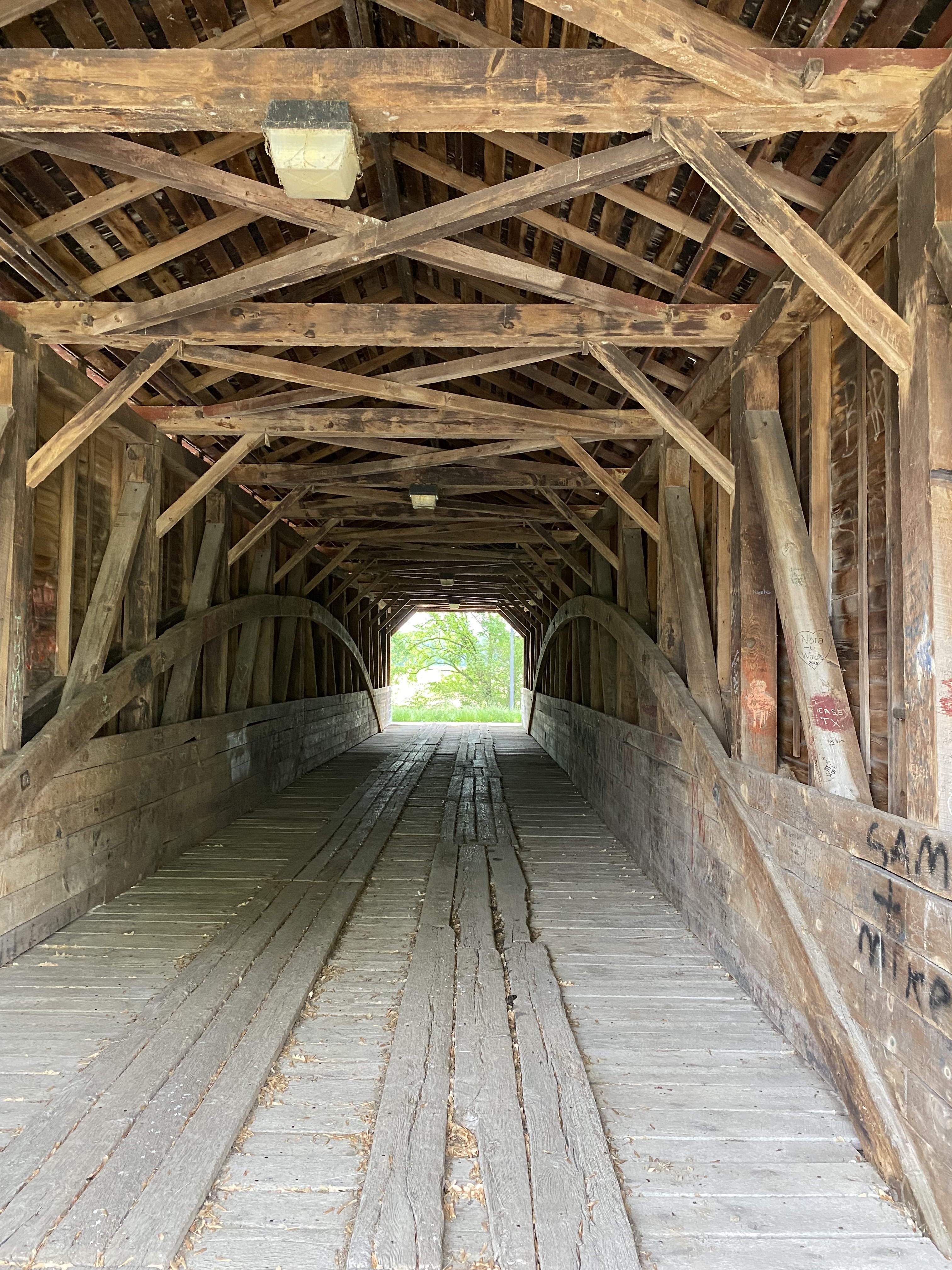
A little further north I glimpsed a collection of gas station antiques that justified a U-turn. The people who lived here had assembled a significant collection of last century artifacts. They were, in their own way, paying respects to the ancestors. Then at Keithsburg a couple of derelict buildings seemed to be crying out for attention. A lot of us like to see old stuff, but it takes a lot of resources to make them last. I saw lots of places that were beyond restoration.

After crossing the Rock River on my way into Rock Island, I followed 18th street to Sunset Park and Potter Lake for a butt break and stretch (saddle sore, remember) where I enjoyed talking to a local fisherman and watching people enjoy their lives. This trip was just barely post-pandemic and the scene here was both refreshing and encouraging.
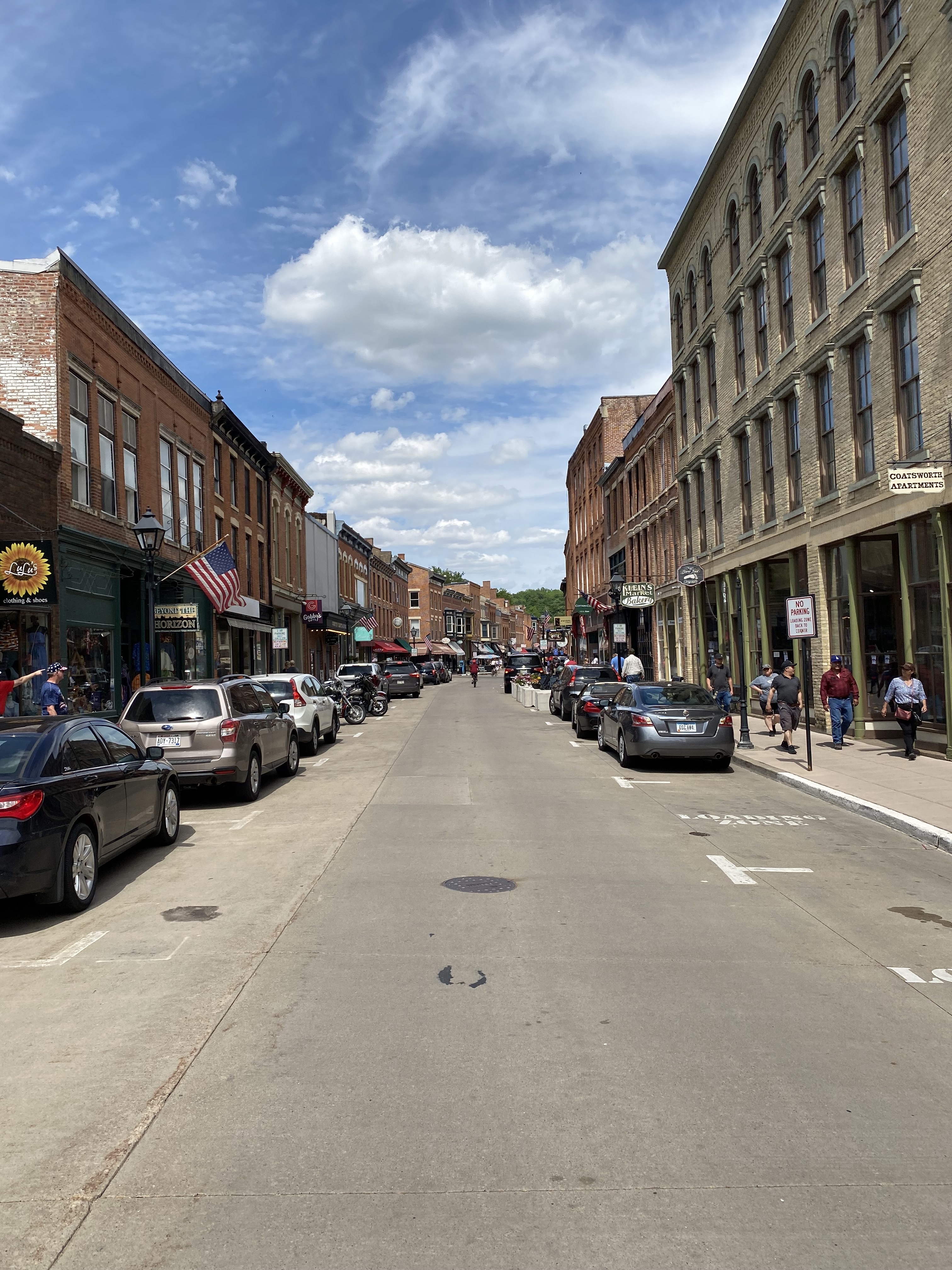
Galena is a pretty town, but crowded and touristy, where I finally found a place to park and walked a bit. Okay, I walked a lot and climbed too many steps. But I enjoyed a conversation with a man about my age who was taking a break while his wife shopped. I was sitting on a bench eating some kind of fancy ice cream. It was amusing to see waiters hustling to serve customers at an outside “wine bar” and quietly keep the riffraff from settling at their tables. Break is over, back to the road.
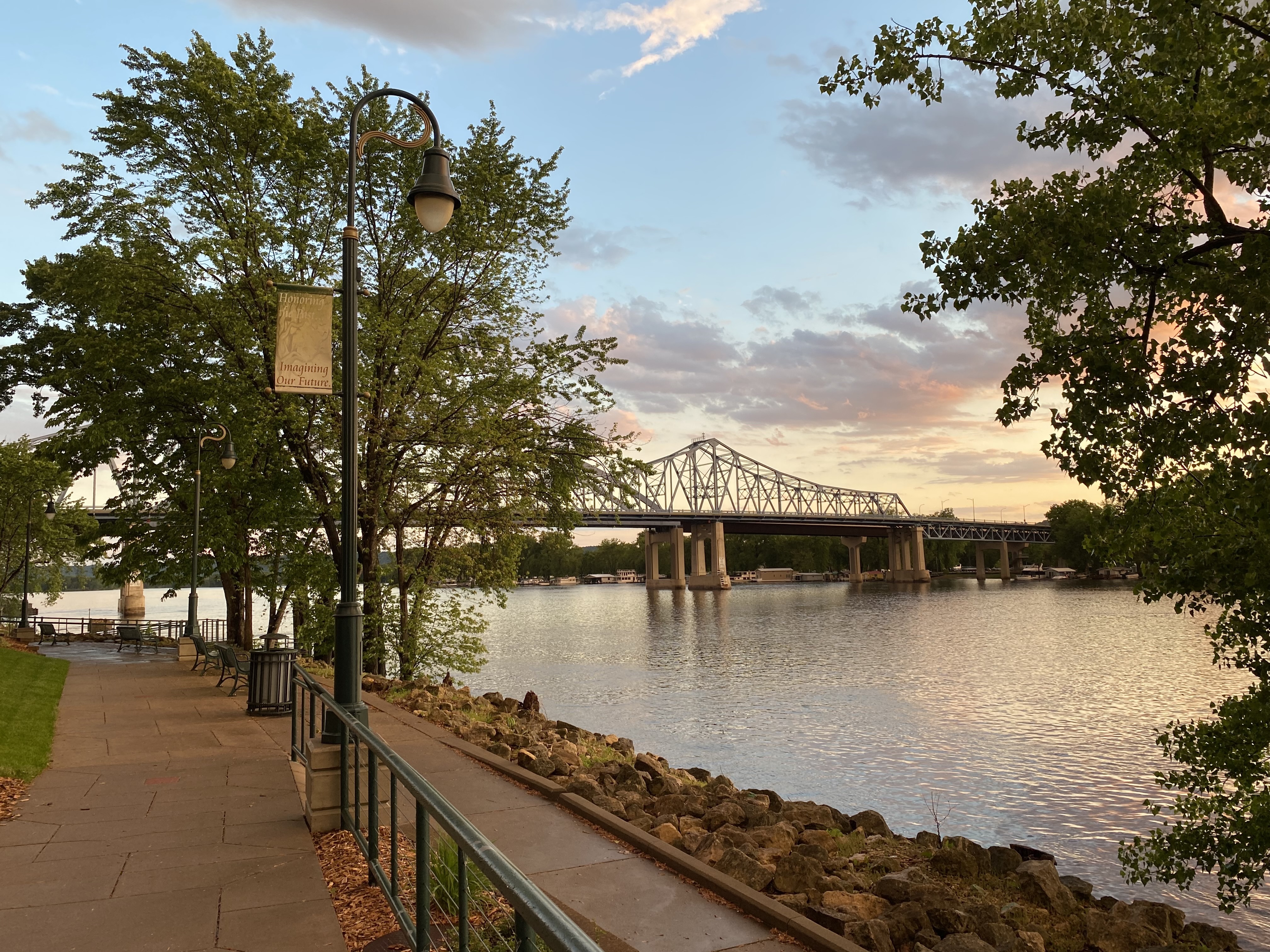
So many of the towns had names I’d heard all my life, sometimes duplicates of more well known cities, and many names from railroad lines, like Rock Island, or farm equipment, like Moline. When I was still twenty or so miles south of LaCrosse, it began to look a little stormy in the north and I found a nice pull off to find my rain gear. There was already another biker there with the same idea so we chatted as we donned pants and jackets, sharing experiences and information. He lived in La Crosse and was just out for a day ride. Friendly and experienced traveler he was. Somehow I made it to LaCrosse. It was raining a little as I unpacked and found lodging downtown. As dusk arrived the rain departed and I walked a few blocks to a restaurant/bar and had a good meal and beer. It was interesting to watch the downtown activity as I walked. I was feeling very far from home.
Day 9 (June 1): La Crosse, Wisconsin to Davenport, Iowa
245 miles
You could take a much shorter and faster route between any of the towns on my trip, but efficient routing isn’t what scenic byways or motorcycle trips are about. They are the road less traveled – the road worth traveling. The destination or the trip, which is it that pulls you from your door?
The next morning it was evident there had been a good deal of rain during the night, so I dried off my ride and took an unusually long time getting packed back up. After a brief ride looking around the urban area (all American cities are beginning to look alike to me) I crossed the bridge in Minnesota. It was a surprising distance across Barron Island into La Crescent as the river still holds a solid claim to surrounding real estate. After fueling up I found Kady’s Kafe, getting there just in time ahead of the morning crowd, and thoroughly enjoyed a breakfast and coffee. This seems like a friendly little town.
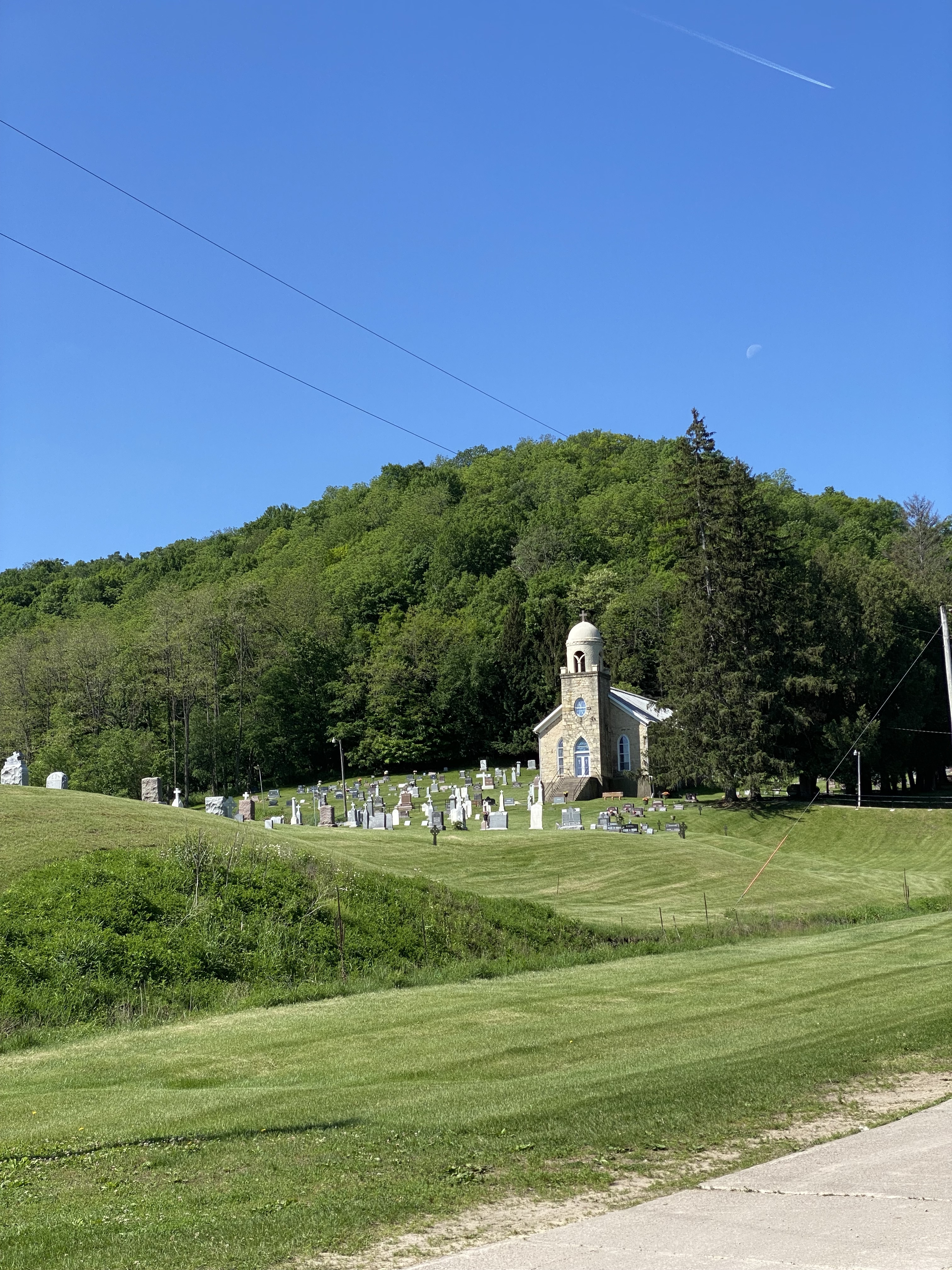
The drive south was scenic indeed – twisty, hilly, sprinkled with river views, and pull offs with informative plaques. Honestly, I love this part of the Great River Road. After I got away from town there was no traffic at all and had lots of great stops occupied only by myself and redwing blackbirds intent on keeping it that way.
A few miles south of Harper’s Ferry the Great River Road abandons the river entirely for a while and just as you feel all the good views are over it turns back East and rejoice the mighty Mississippi at Effigy Mounds National Monument. Although the visitors center building was closed due to COVID-19, the hiking trail here is open. There are many miles of hiking trails here going north and south, but I thought I’d just try enough on the north end to see the little bears mound, the great bear mound, and Fire Point Scenic Vista.
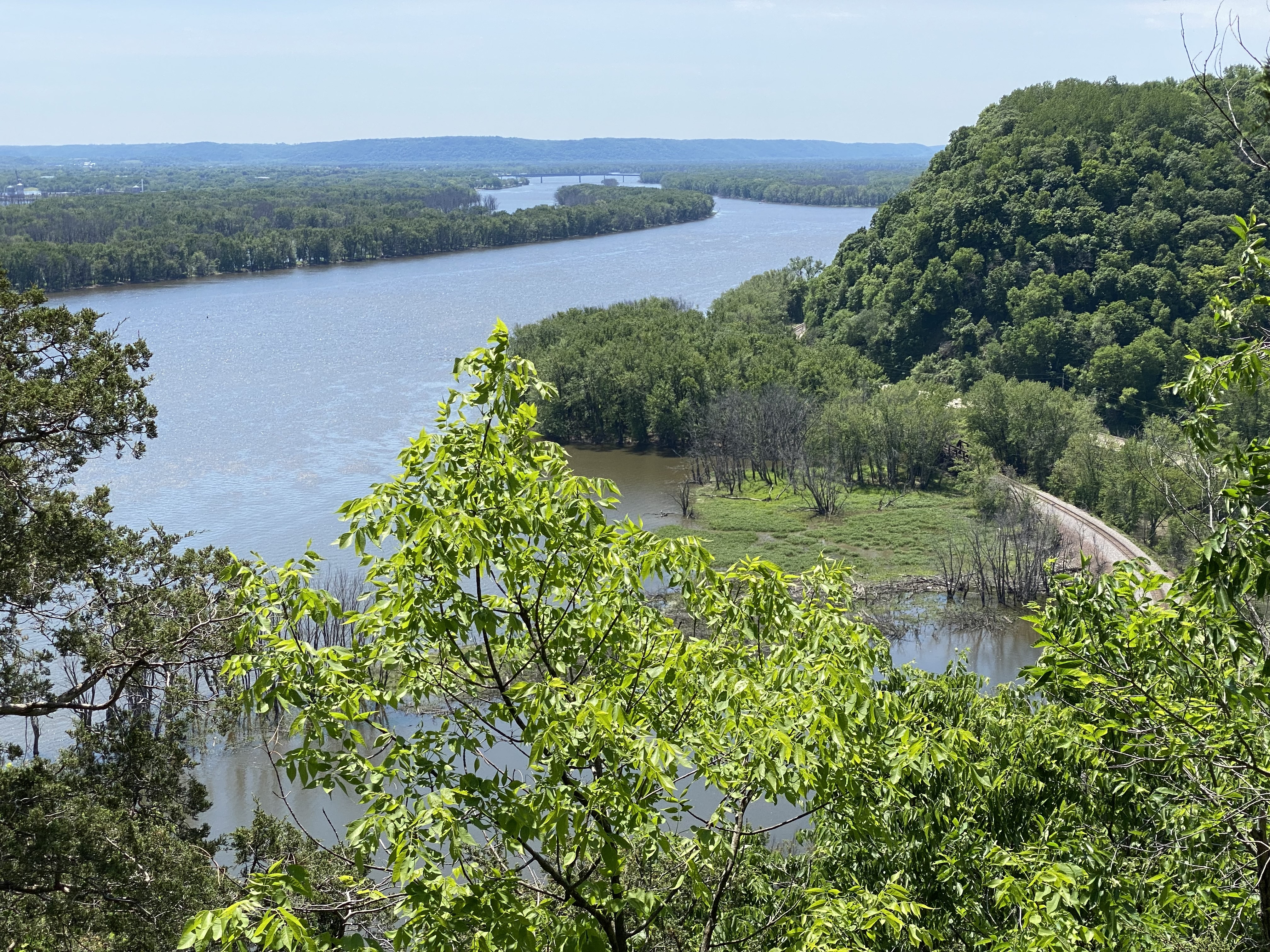
I started this trip with a bum knee, otherwise I might have made the seven mile loop to Hanging Rock. So off I go and I promise you the trail is wide and well maintained, but steep – especially at the start. There are switchbacks, wood and cable railing, but the sides are very steep and treacherous in places. So I was likely looking very winded. There weren’t many other hikers this day. First I met a fine family that I took to be Mennonites or Amish by their clothing, but that just a guess. They were, at the least very hardy hikers in my view – especially the children. Next I saw a couple about my own age or a little older. The husband encouraged me with the news of a bench in the shade just around the next bend and I wished them well. Apparently that was of no use because just a few seconds after resuming my climb I heard the terrible sound of the old gentlemen hitting the ground – hard. I returned as quickly as I could to offer what aide I was capable off. He had a good start on disaster since he had fallen off the trail under the cable. Luckily, one arm has fallen over the cable and he was snagged at the armpit. I joined him on the slope below the cable and encouraged him to stay where he was until we could make sure nothing was obviously broken. A few minutes later he caught his breath and told his wife and I that he was okay (which I doubted) and I stepped over the cable with him to help him back to the trail and then to stand. After waiting a few minutes, they made their way back to the parking lot. He had tripped on the edge of a rock protruding the mulch that covered the trail.
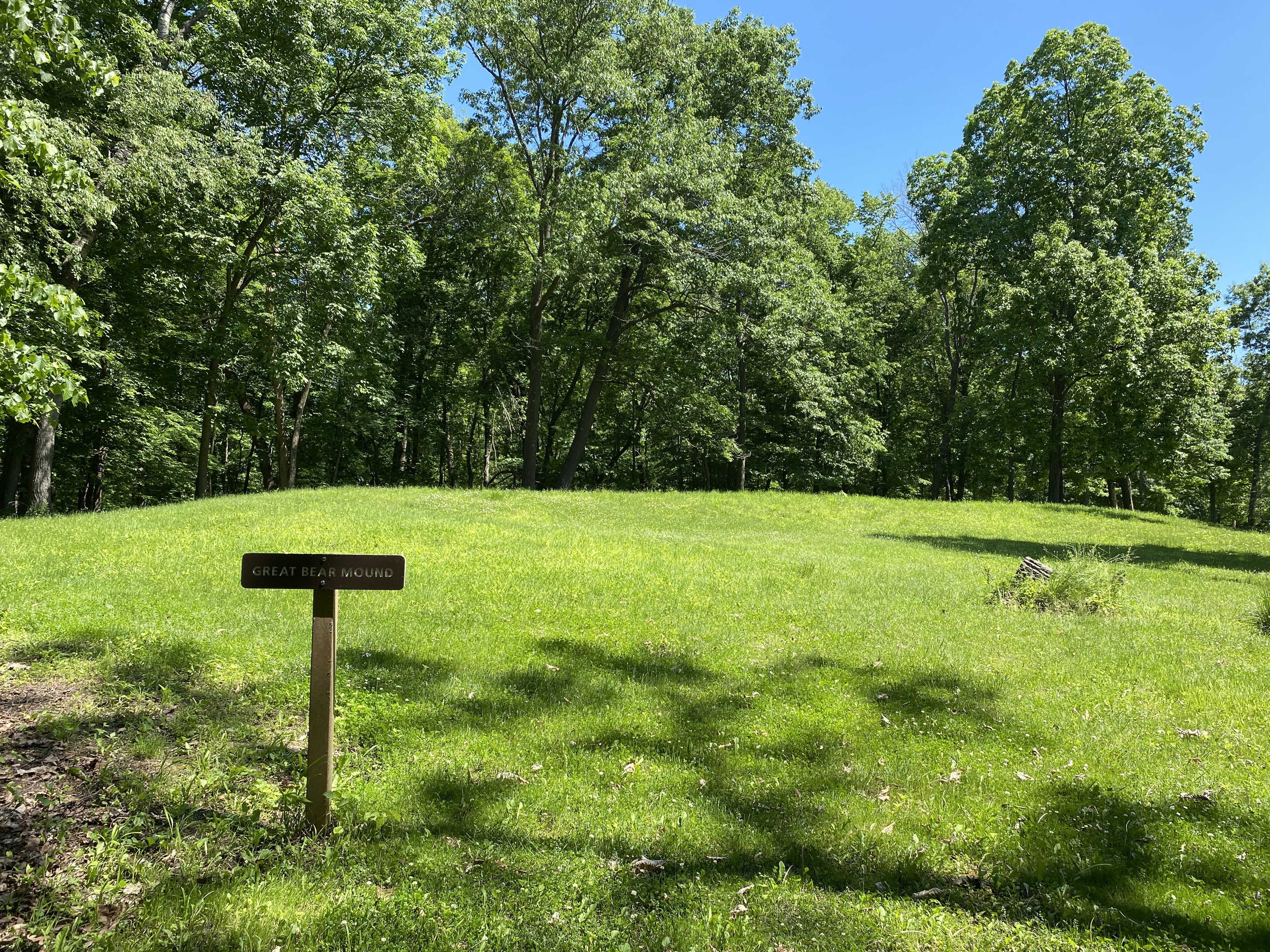
So what do you see at a Mississippian mound site? Basically a grass covered hill if it’s being well tended. If not, you likely wouldn’t notice a thing.
You meet some great people on a road trip. While I was at the Effigy Mounds National Monument I met some folks from Iowa City who were on a vacation with their granddaughter. Turns out this young lady is an artist and we had a nice conversation about art, careers, and the pursuit of dreams.
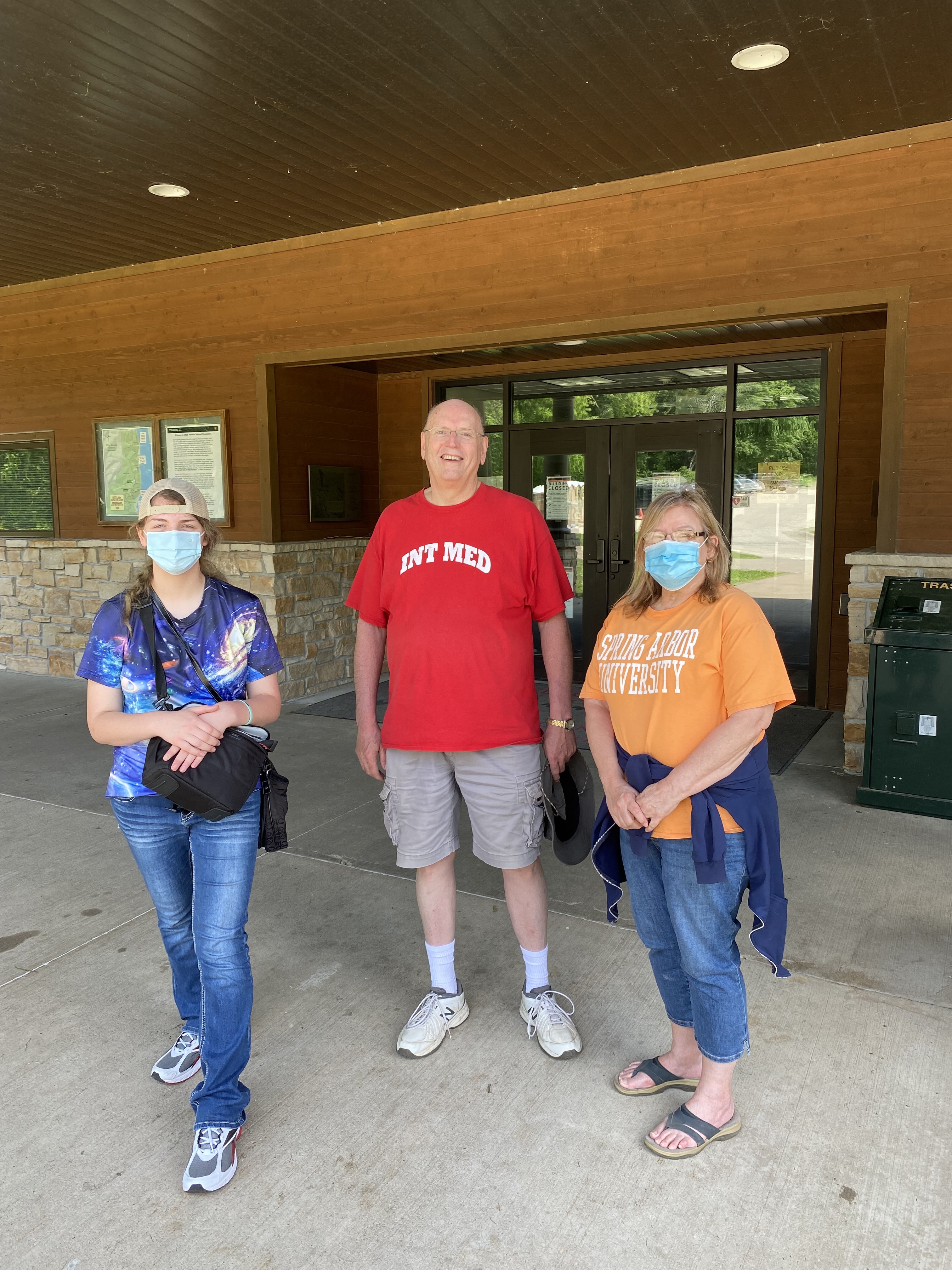
I had to stop off at Le Claire and at least take a picture at the Antique Archeology store (of the “American Pickers“ television show). I knew it would be closed, but such is life.

Day 10 (June 2): Davenport, Iowa, to Washington, Missouri
360 miles
I remember leaving Davenport as early as possible, because I didn’t really care for the motel. It looked like it might rain again as I found my way back to the river road. After a short drive close to the river, I came to Buffalo, Iowa, and found Clark’s Landing a genuinely good place for breakfast. As I drank my coffee and waited for my breakfast I listened in on the conversation of three local fellows discussing the cost of tractor parts and how the school calendar impacts the availability of labor. Breakfast helps. It’s pretty nice driving along the river and railway.
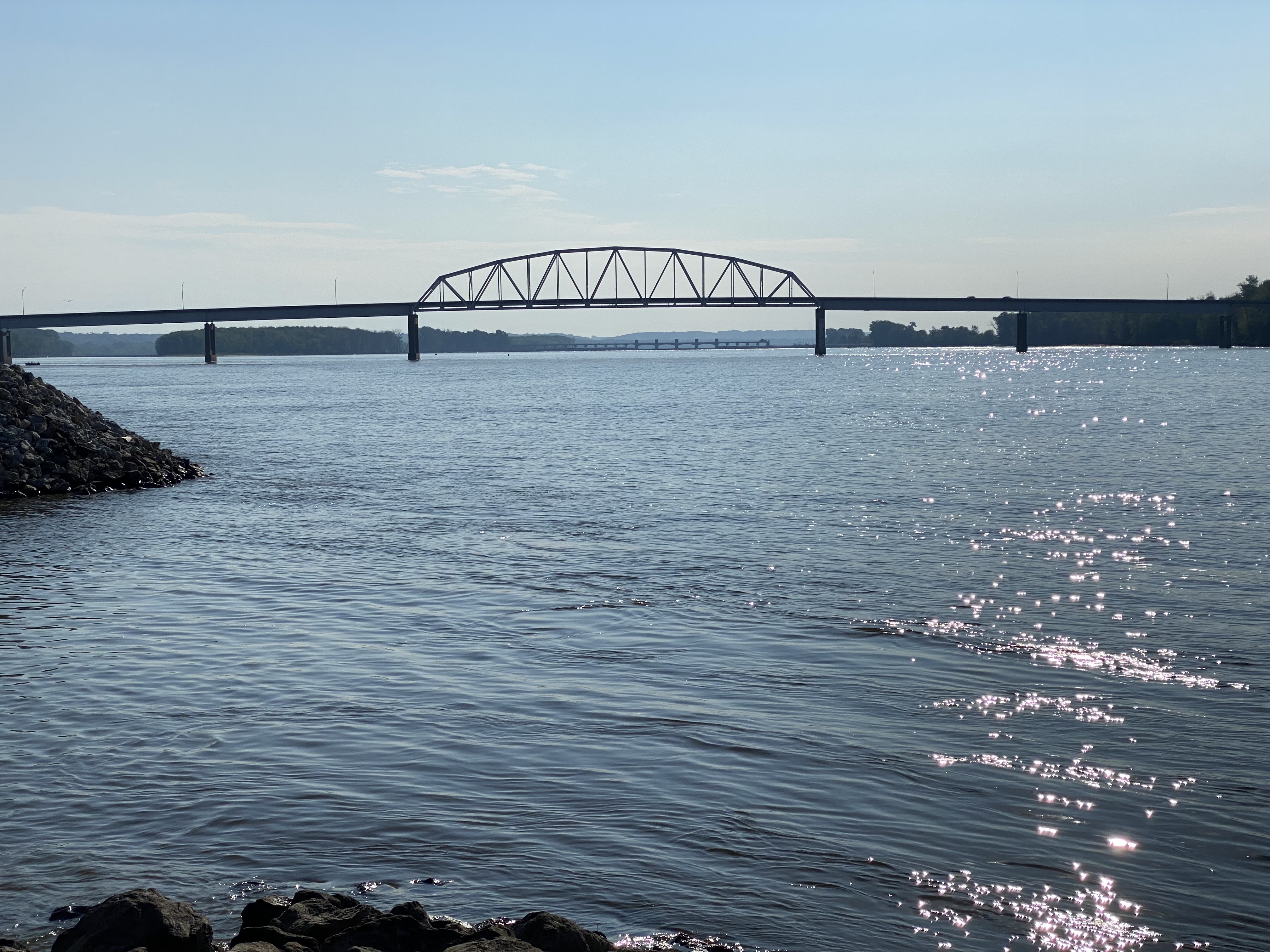
I stopped again at Muscatine, Iowa, to take some photos. And started noticing that flat spot on my rear tire again. Several years ago I was riding through the Mark Twain National Forest in Missouri and had to drive quite a ways on a newly resurfaced highway (chip and dip) where the gravel ate away my tire like a cheese grader. At my next fill-up I checked the tires and saw threads showing through. This is unnerving and to be avoided. On that trip I was lucky to be near (20 miles) a motorcycle shop and was able to have a new tire installed the next morning. The shop owner even gave me a ride to a motel and picked me up the next morning. But this trip i am not going to push my luck. It’s time for a tire.
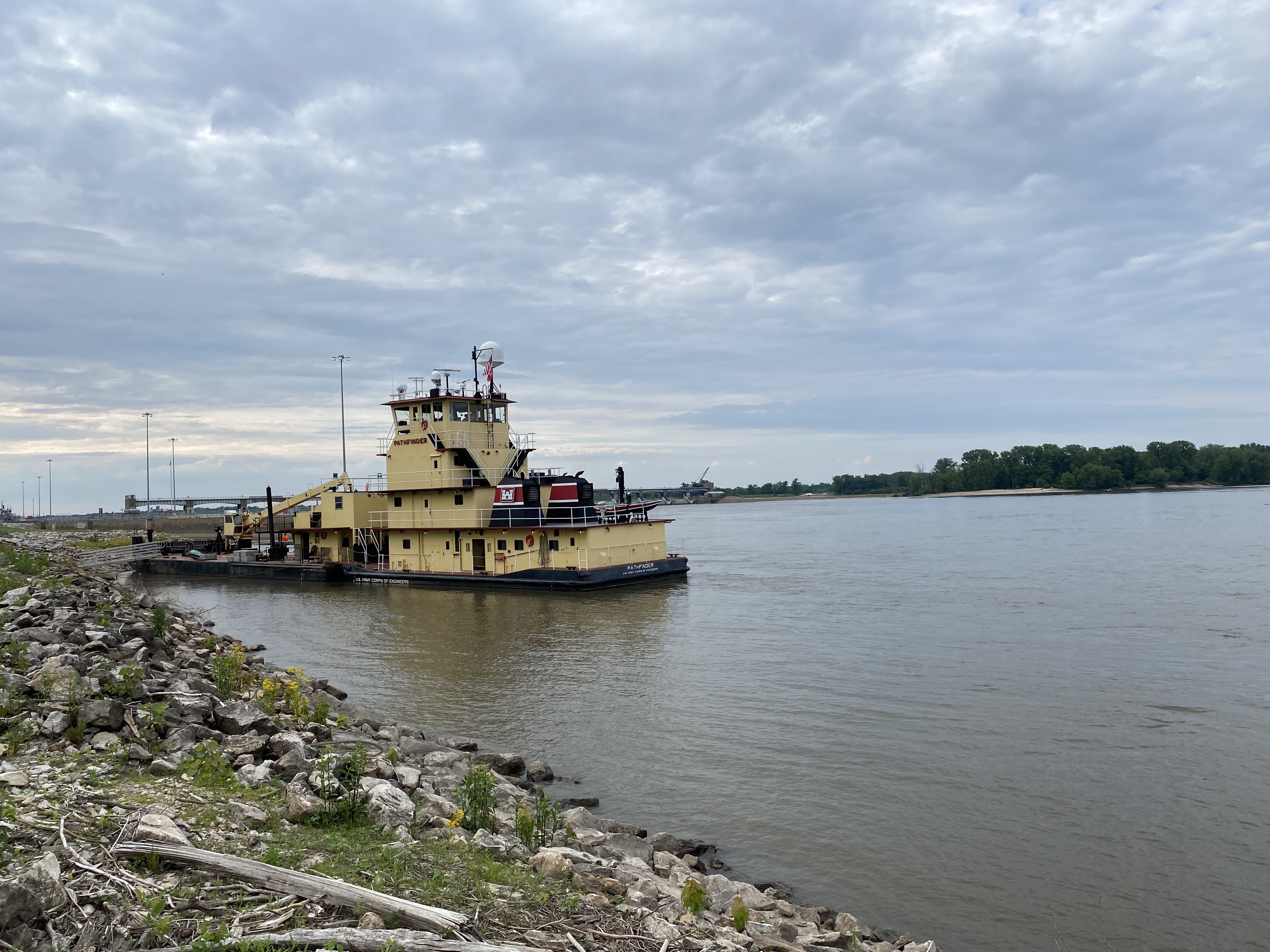
This river road is very scenic on this stretch of southern Iowa. When I got back to Burlington I checked around for a Honda shop or any shop to get the right size installed, but after a few calls it looked like I’d have to get down to the Honda dealership in Keokuk at the Southeast tip of Iowa. All of the shop are booked weeks ahead for repairs, but they are generally very accommodating to the travelers and this one was too. I spent a couple of hours or so there and was back on my way with a new rear tire. Don’t take up motorcycling unless your willing to shell out some big bucks on maintenance.
Next stop, Hannibal, Missouri – of Mark Twain fame. The river road is a few blocks away from the river in Hannibal, so after exploring a bit downtown, I find Main Street and get off for a while to have a beer and walk around. I love this town. When I think of the Mississippi, this is it. I’d love to stay a week in Hannibal. I found Lydia’s Cabinet of Curiosities and was blown away by the selection of paintings on the walls. The proprietor, Gordon, was so informative and knowledgeable that I could have stayed all day. I remember he said “I like art more than money”. Me, too. I can’t say enough good things about this place. Go there, or at the very least follow their Facebook page.
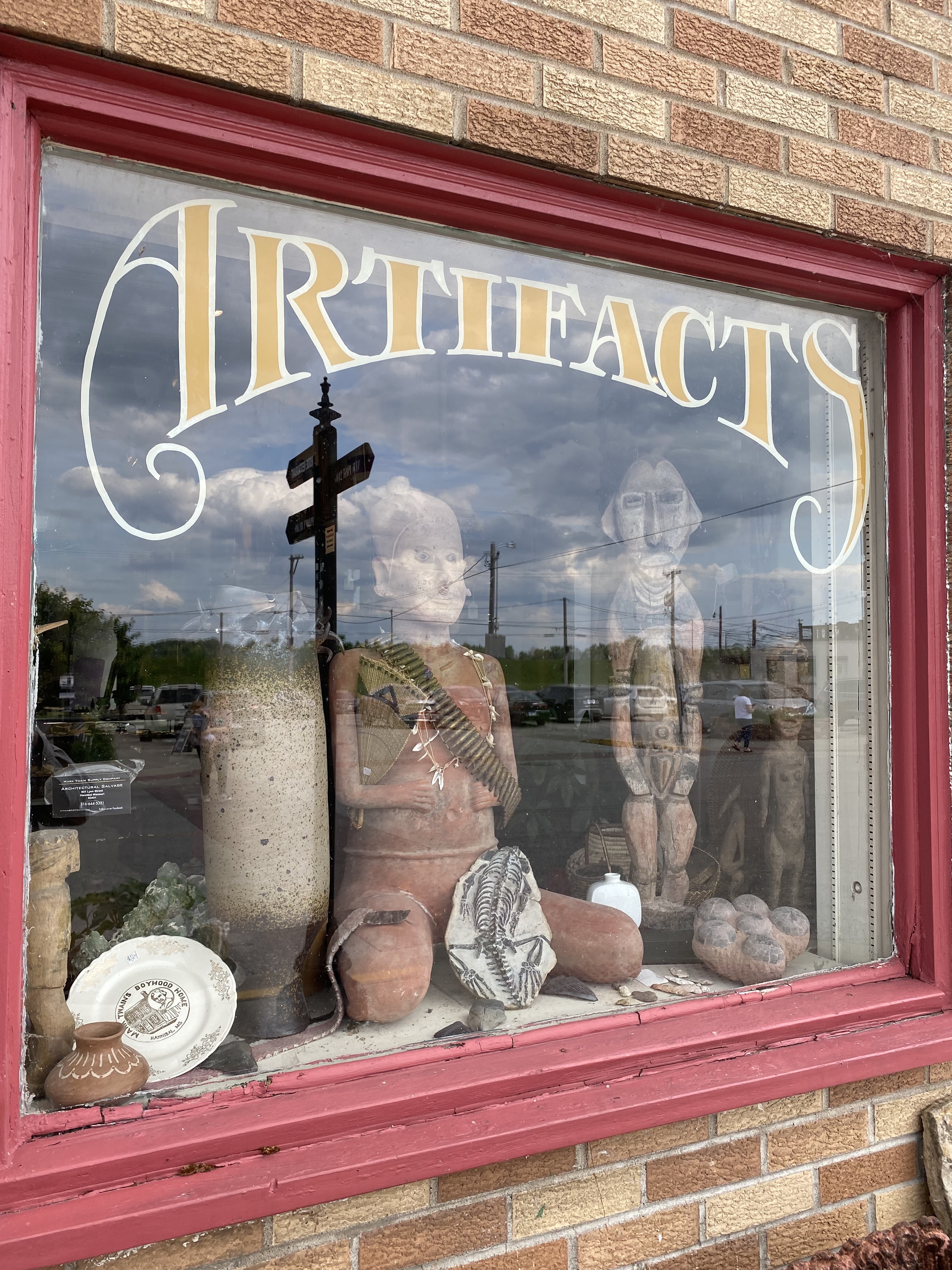
My last piece of the Great River Road wound around hills and woods and farmland until I turned off towards Troy on Missouri State Hiway 47 just past the town of Winfield. As is my way, I took a convoluted path, missing a few turns, until I finally wound up in Washington, Missouri, for the night.
As I crossed the Missouri River I caught a glimpse of the old town waterfront a few blocks to the west, but I was tired and looking for a lodging. So I’m checking in at the Super 8 Motel a bit before dark and the clerk asked me (like they always do) to provide the make and model of my vehicle. For some reason, I asked him what he does if the guest arrives on a bicycle. He said he wasn’t sure if they’d ever had any bicyclists check in, but they could probably skip that part of the registration form. So I park my bike, find my room, and pass through the lobby again on my way outside and, what do you know… here’s two guys on bicycles checking in.
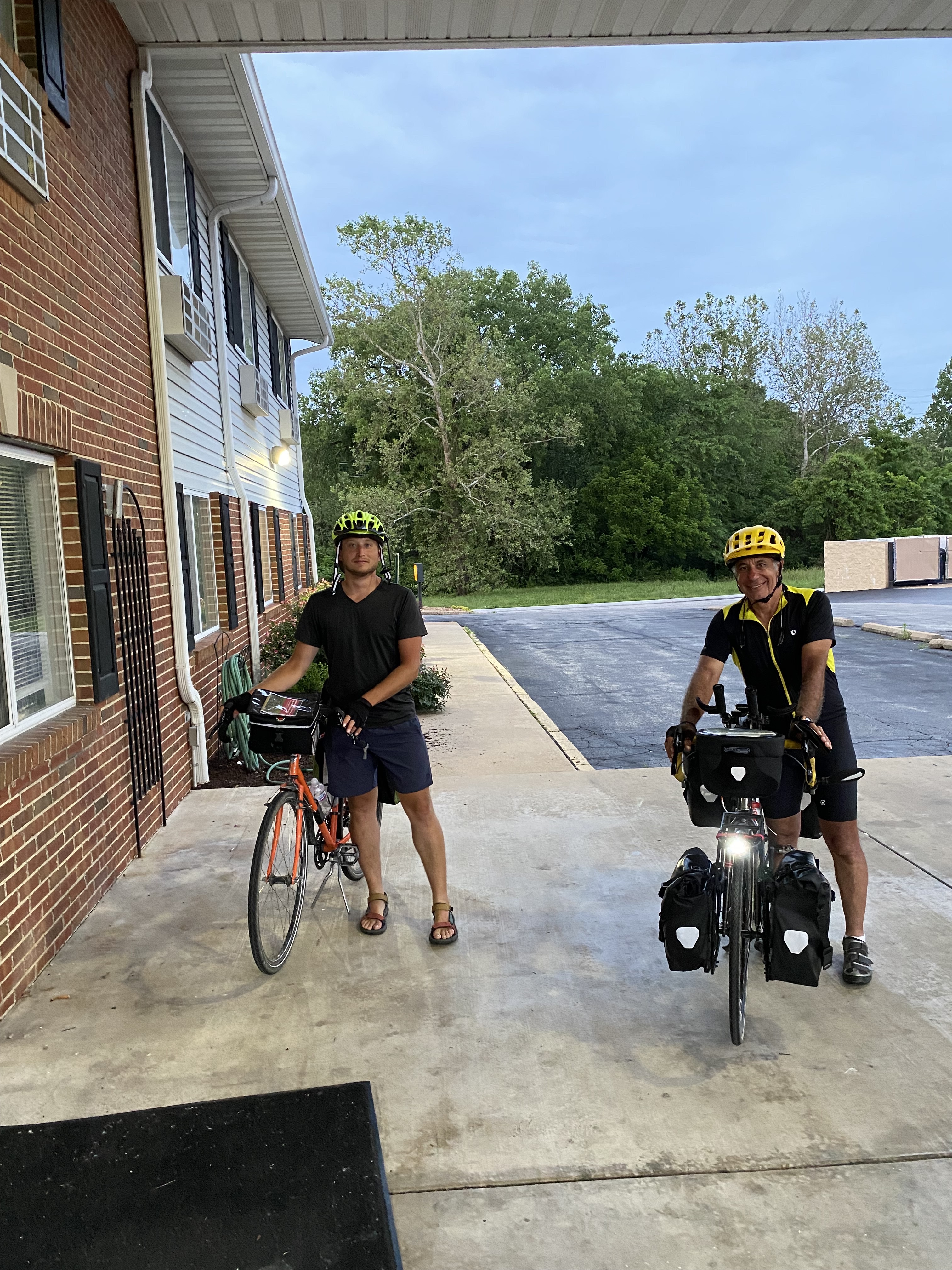
I meet two amazing travelers, Wesley from Milwaukee and Schlomo from Greenbay (if I remember correctly), who are taking a couple of months to trek out to California and back. Their destination is San Francisco. It’s so amazing to me that people are in such great physical shape and are so motivated to do such things. Ride on. We talk about our trips for a while, take photos of each other, and Wesley says, “if we don’t see you in the morning, let me wish you safe travels.”
Day 11 (June 3): Washington, Missouri to Konawa
500+ miles
Before I left Washington, I wanted to go back to the downtown riverfront and take a photo or two – basically get a feel for one of the many interesting places that I will probably never see again.
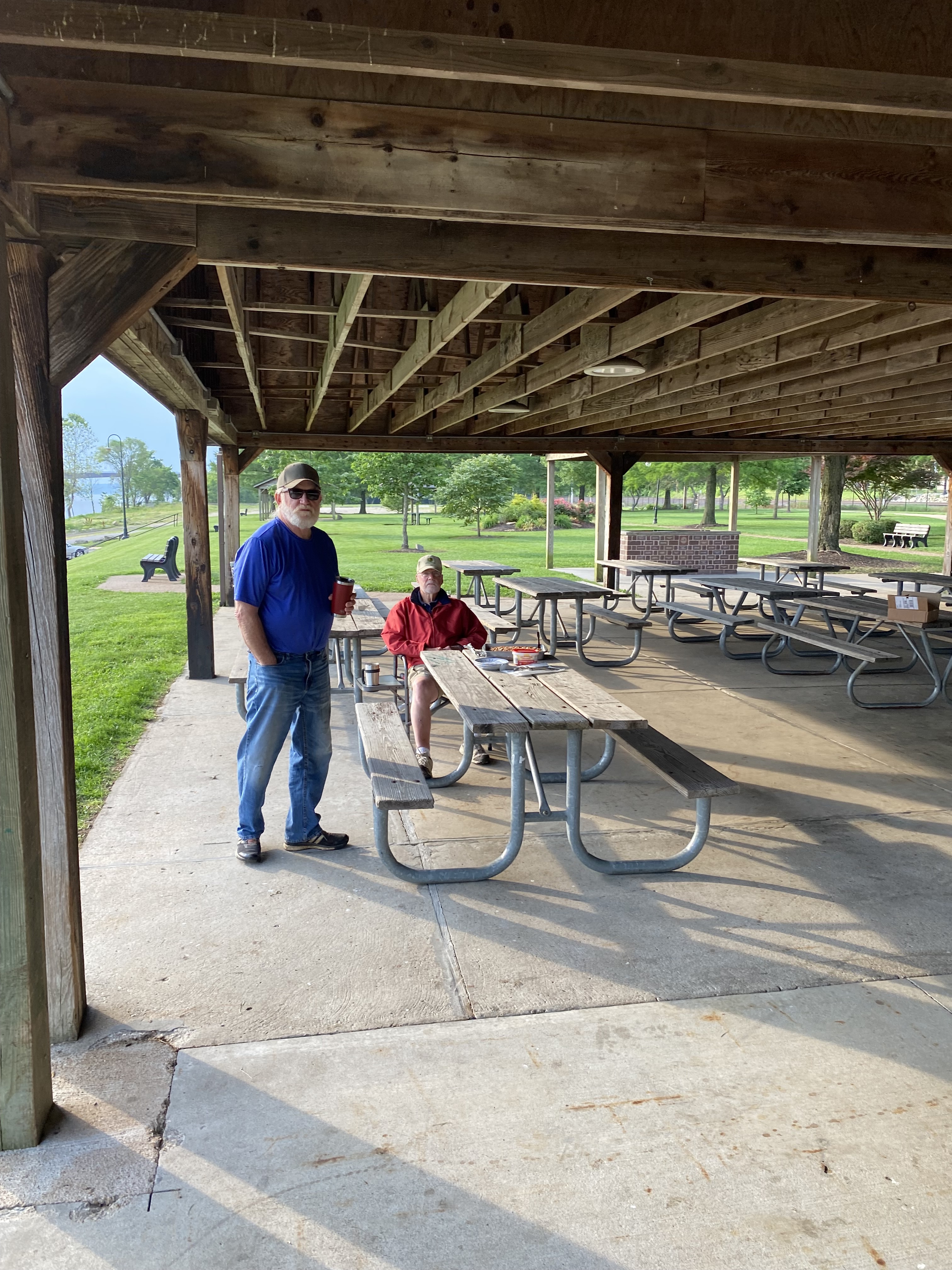
This morning the riverfront was just as beautiful as it appeared to be from the highway bridge last night. I parked in the nearly empty parking lot, read the history sign, walked around a bit and struck up a conversation with an elderly (my age) man who was sitting at on of the many picnic tables under the pavilion. After answering his questions about my sojourns, he told me that he was born and raised in Washington and would never live anywhere else. He told me a little about his children and grandchildren. I remember the one of his sons was a very successful banker in Boston. I was about to take my leave when a second gentleman walked up carrying a coffee cake. Introductions were made and a slice of cake was offered and accepted. Good cake. It turns out this fellow was another “true Washitonian”.
I soon took my leave and was approaching my bike when several cars and pickup pulled in together and a very similarly age troop of men emerged heading to the pavilion. As I walked past I offered greeting and was briefly engaged in conversation with a few of them. I quickly learned that each one of them (total of maybe a dozen) were lifetime Washington resident. I think I met the core of the community. It’s both amazing and wonderful to me that people can connect so thoroughly and successfully with a town. That’s a bit rare today. My family moved several times during my childhood seeking opportunity and a good fit. In my adulthood, I’ve moved my on family around for the same reasons. I’m glad I did, no regrets, but to have that hometown connection and lifelong friends is truly wondrous.
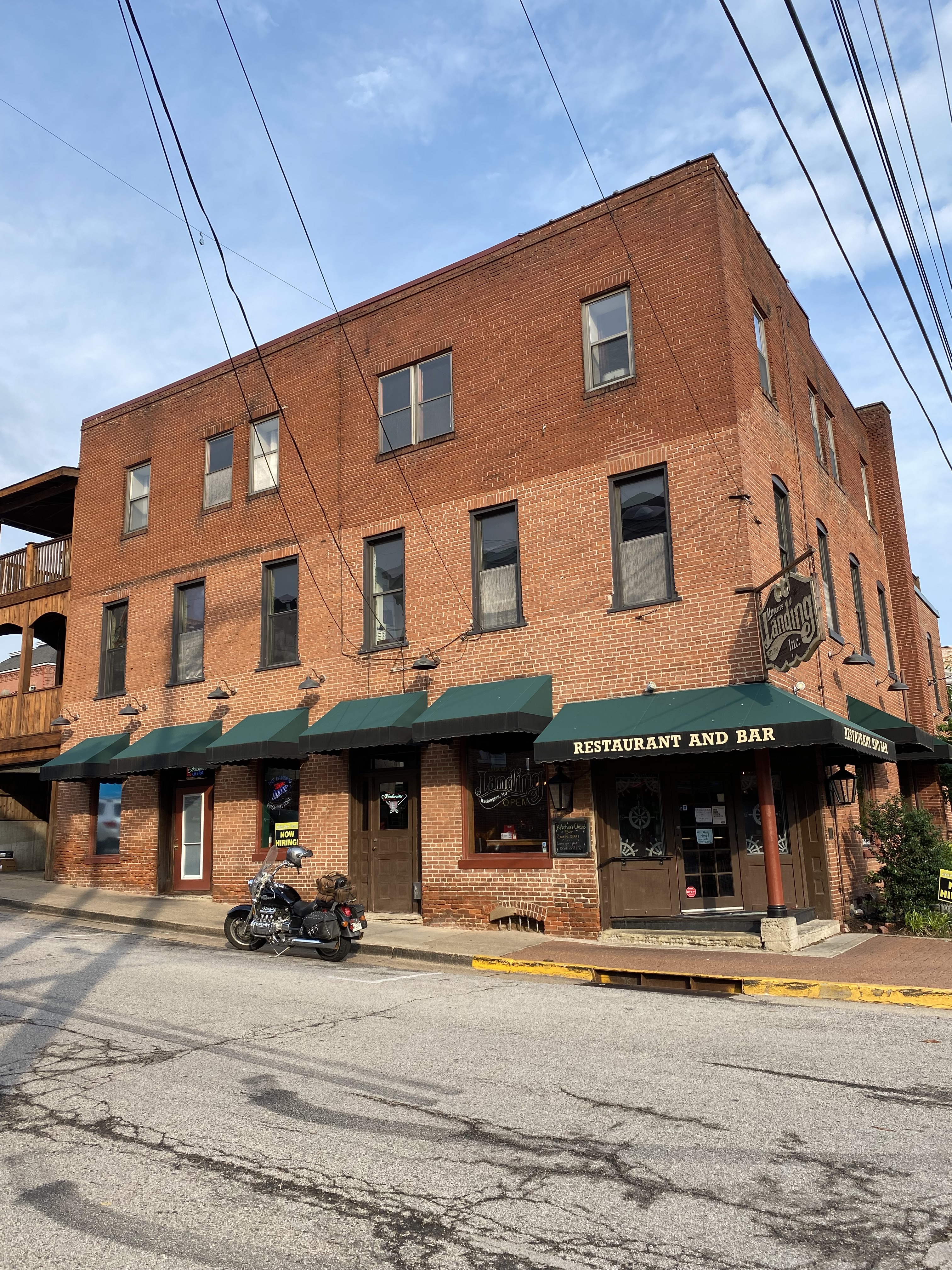
I parked again downtown for a walk around and met a nice fellow who was doing the morning prep at his bar in a beautiful old brick building. He asked where I was headed next. I wasn’t completely sure, but maybe Route 66.
Back on the road I made it about ten or fifteen miles when I passed my bicycle friends. We exchanged big waves and the morning was damp. It seemed to have just rained ahead of me most of the morning, by I never got a soaking. I wasn’t even wearing my jacket. I passed a gnarly auto accident after waiting for traffic to clear. I hope no one was hurt and I’m also glad I delayed my departure. Thank you again Lord.
Next stop: St. Claire, Missouri. Back in August of 2017, my family had chosen St. Claire as our spot to witness the total eclipse of the sun. That day was an amazing and somewhat crowded festival celebrating the Universe doing its thing. I thought I’d go back and eat breakfast there at Lewis Cafe. It was much more normal this time in St. Claire and the breakfast was good. I met a couple of bikers there from some club in Chicago who said they’d been rained on all morning. I told the waitress about my previous visit and they asked me to post some pictures on their Facebook page. I sent them a message with the link.
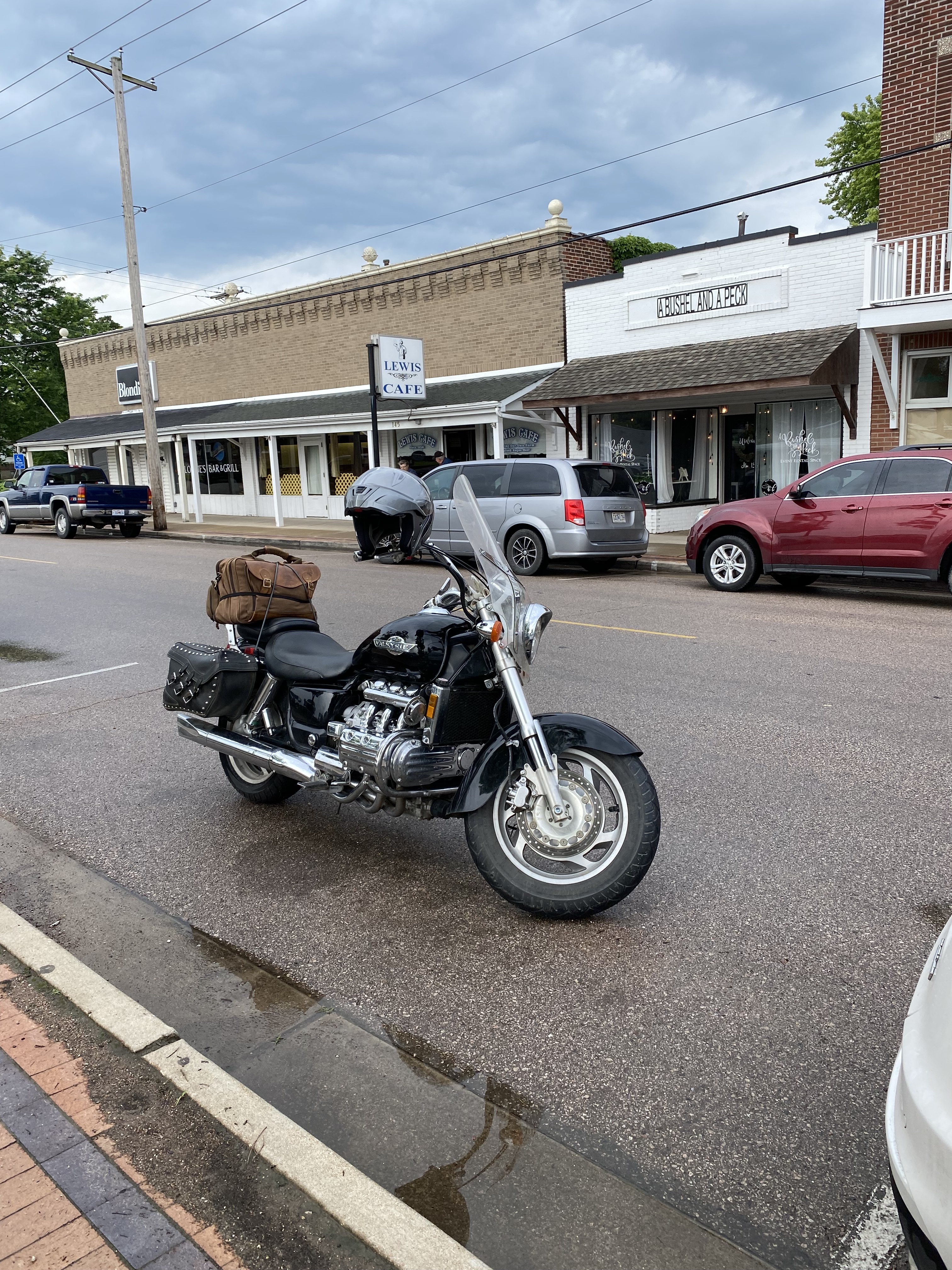
Now you have to understand that I’ve accumulated quite a weariness from the trip by now. But I did give Route 66 a shot. Probably 3 or 4 hours of really bumpy, poorly marked road and I finally gave up. I mean, I saw some interesting things from the old Route, but overall it was pretty depressing seeing the state of decay and burned out motels. I guess I was ready to get home. This last day I drove over 500 miles – way too much of it on the Interstate. But I made it home before dark.
Total trip: 3,163 miles
So, that’s my story of The Great River Road and the mounds of the Mississippian culture. After spending the better part of a year in isolation from the COVID-19 pandemic it was reviving to hit the road. Ive always loved to travel, but getting another chance to absorb the present moment and see the country side means more than ever now. This trip combined a mindfulness of the present with an experience with the past.
Reading about the people who lived here long ago and viewing artifacts in museums is helpful, but visiting these mound sites makes the experience meaningful. This trip, for me, was paying homage to the ancients. There was tragedy to come and the story continues today. I’m just glad to have had the opportunity to experience a small part of their story.
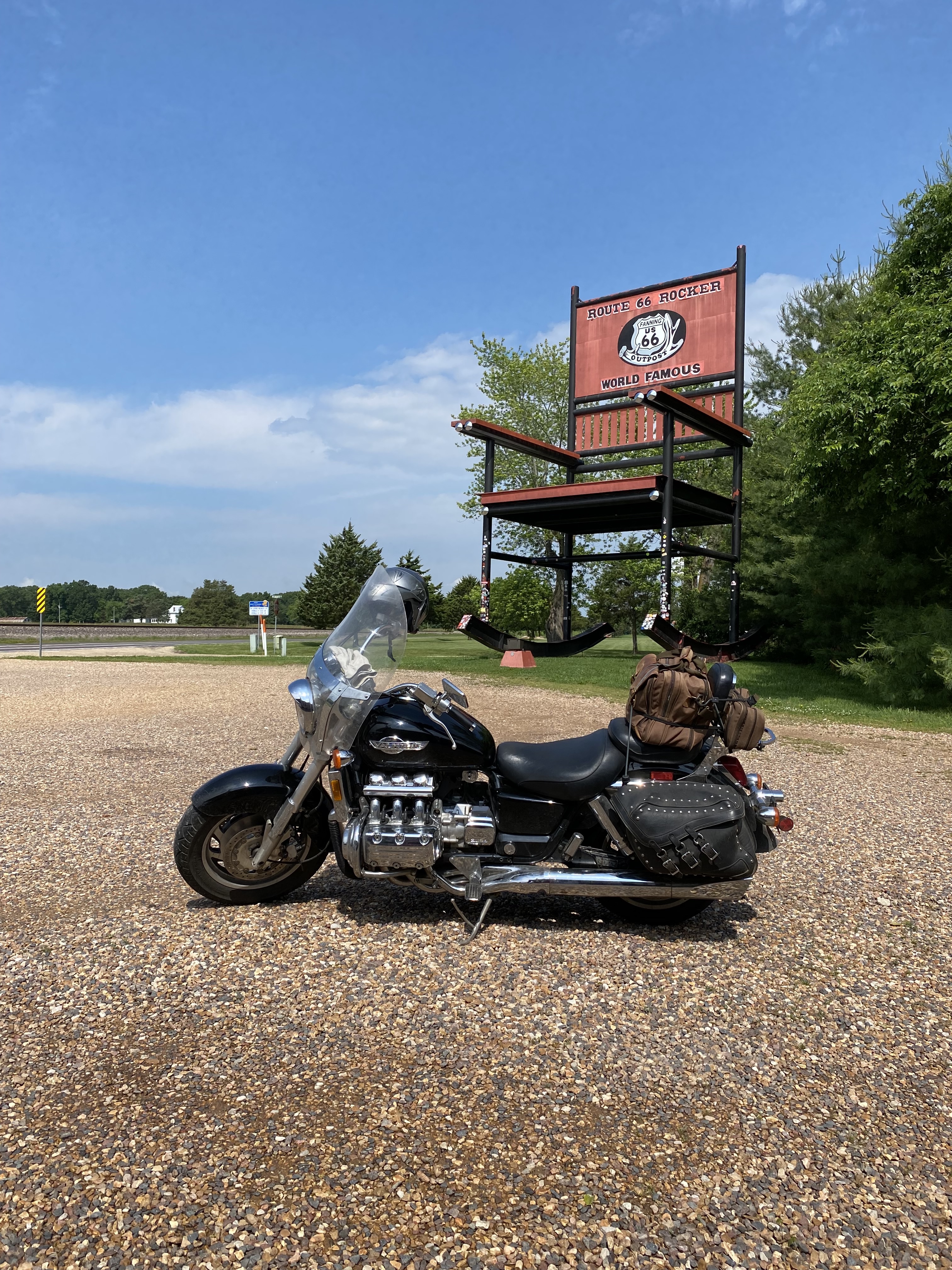
If you read this story to the end… wow. I’m impressed. Please leave a comment.

